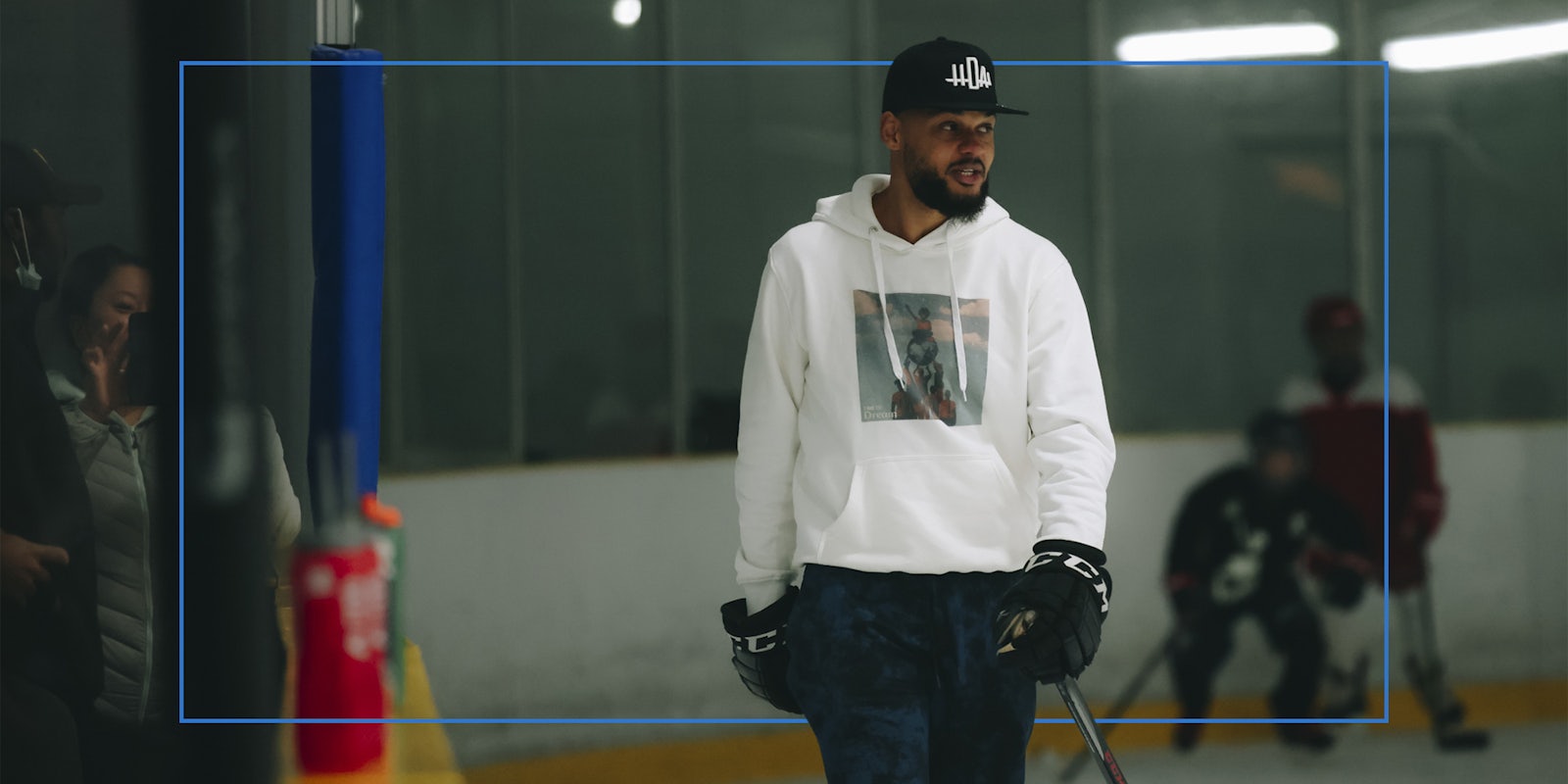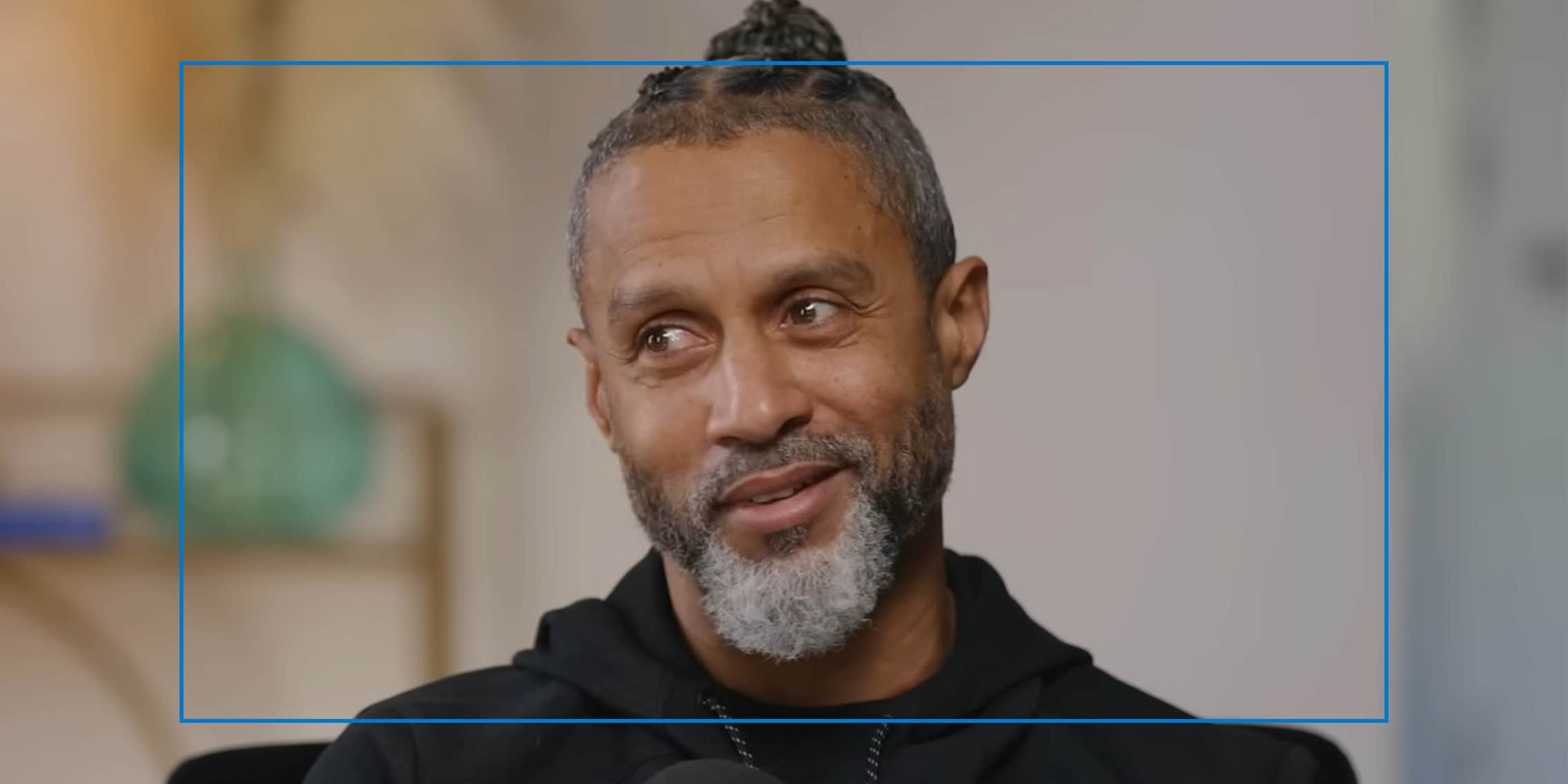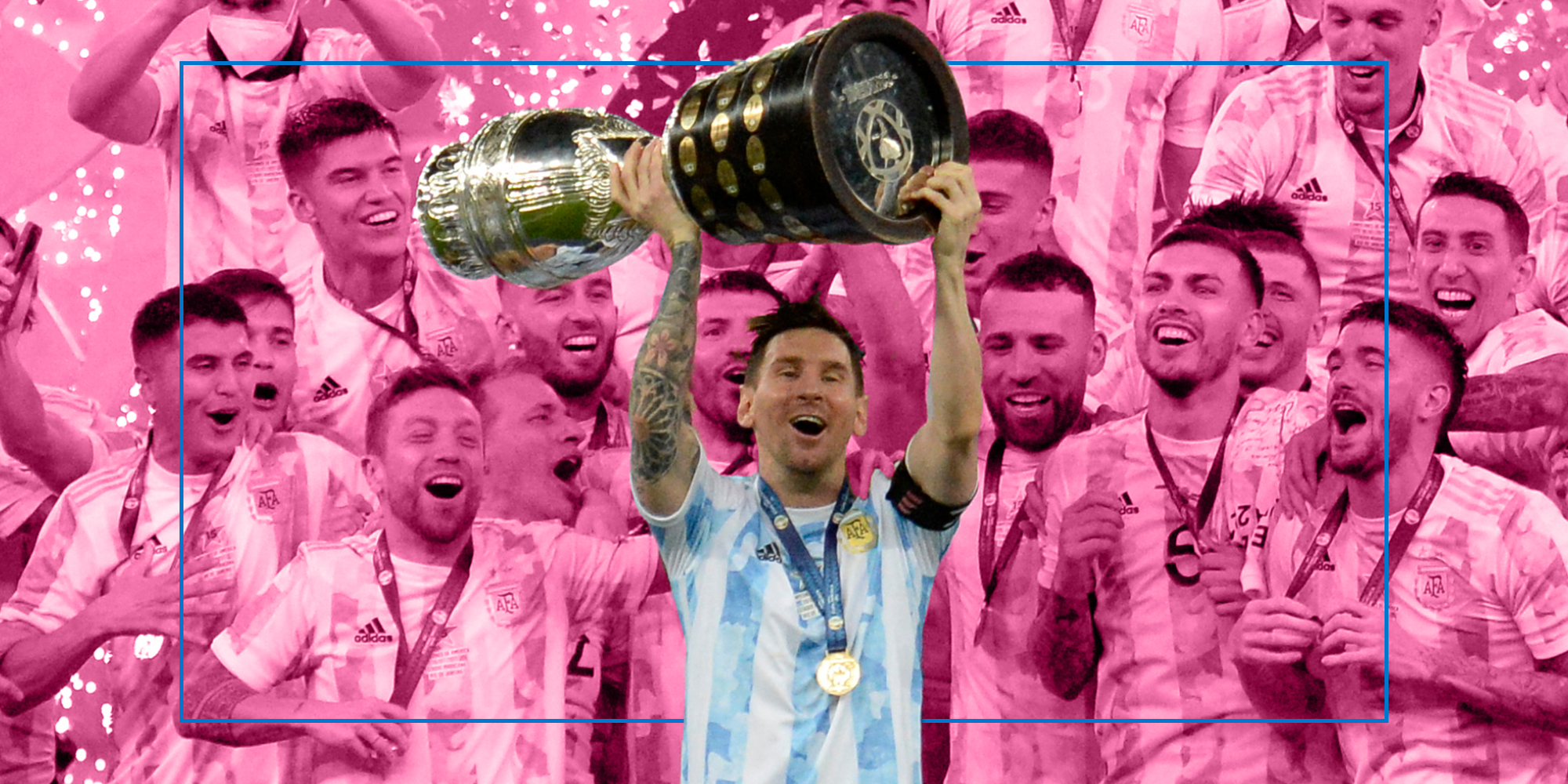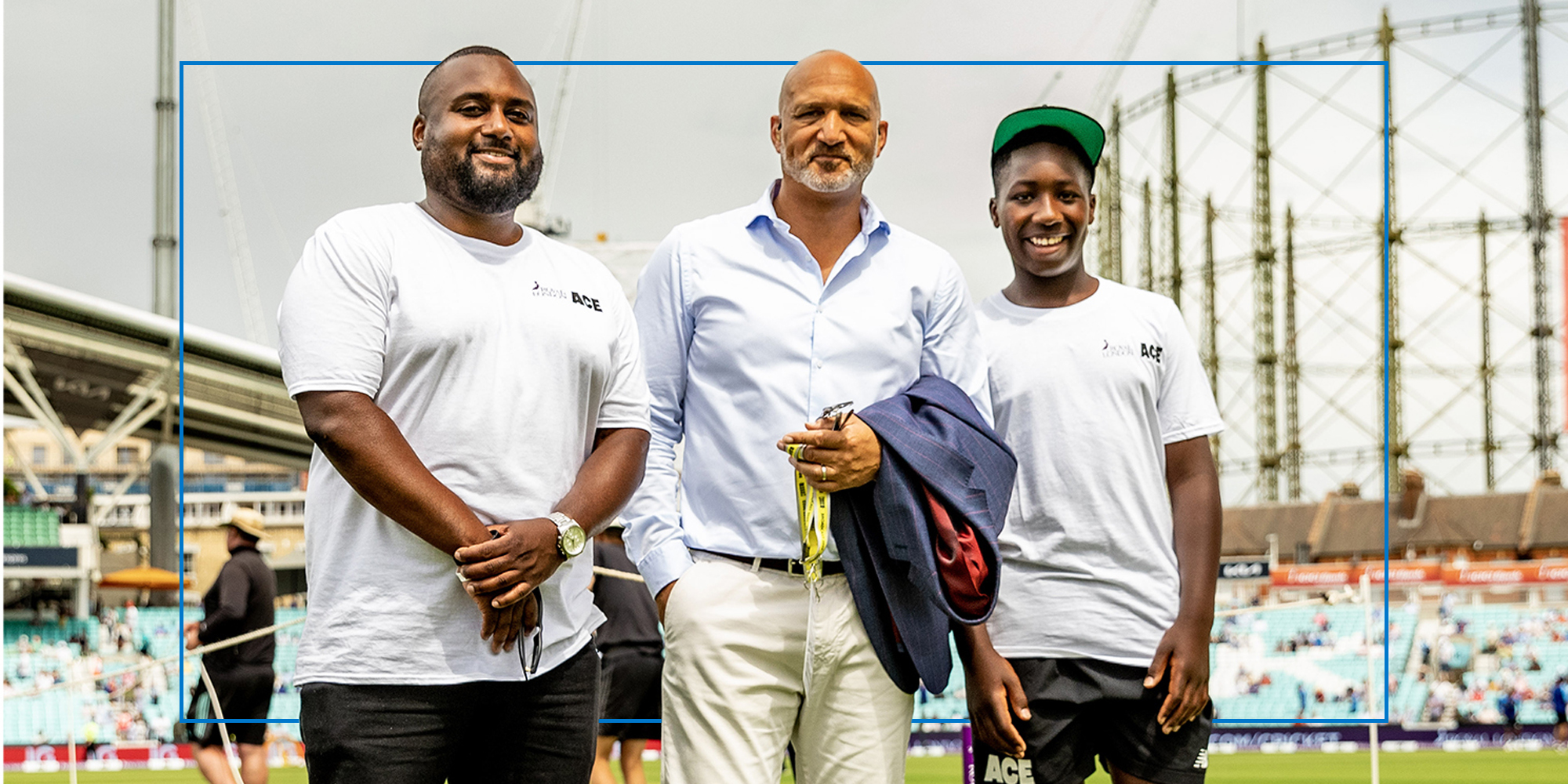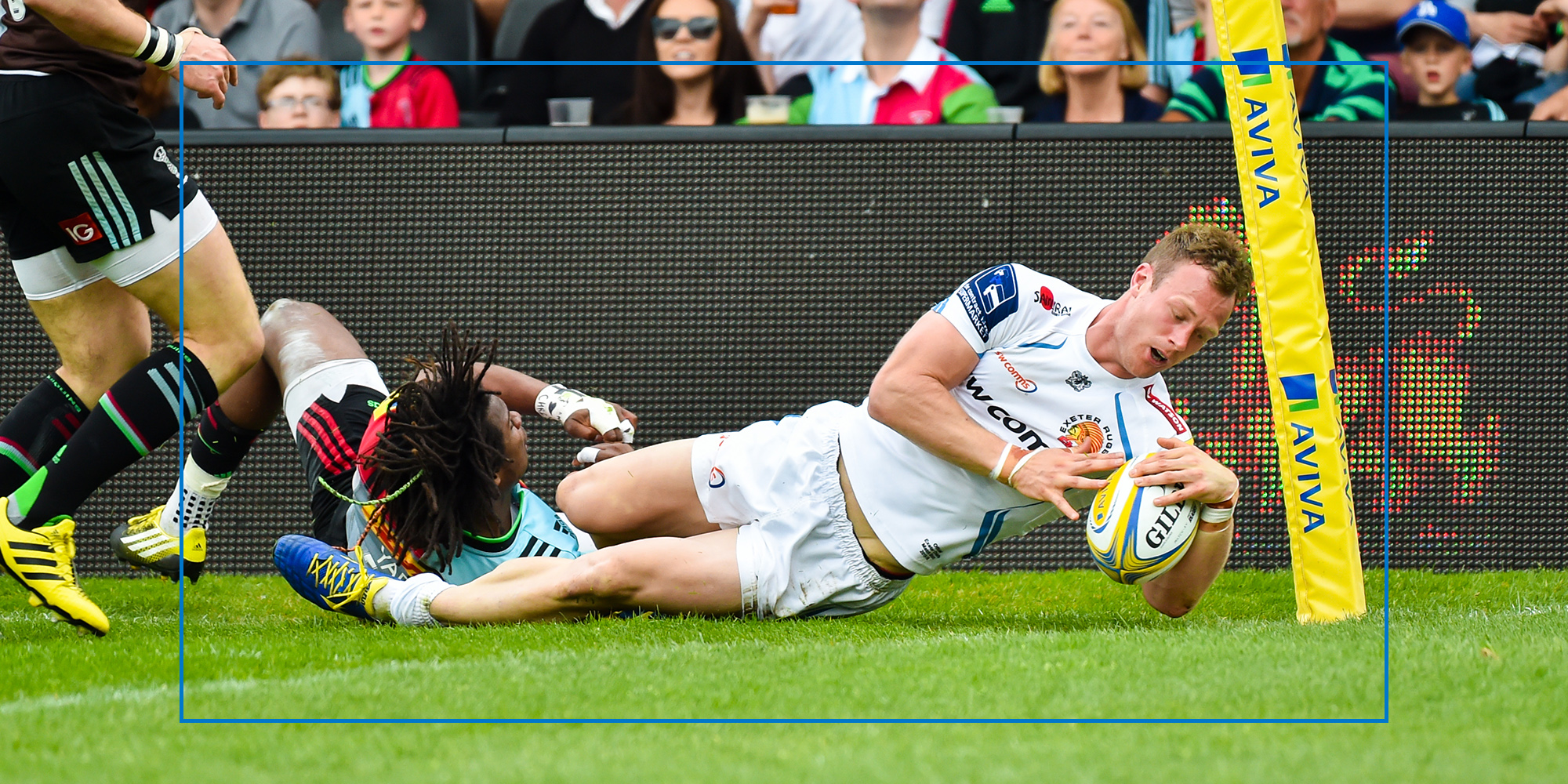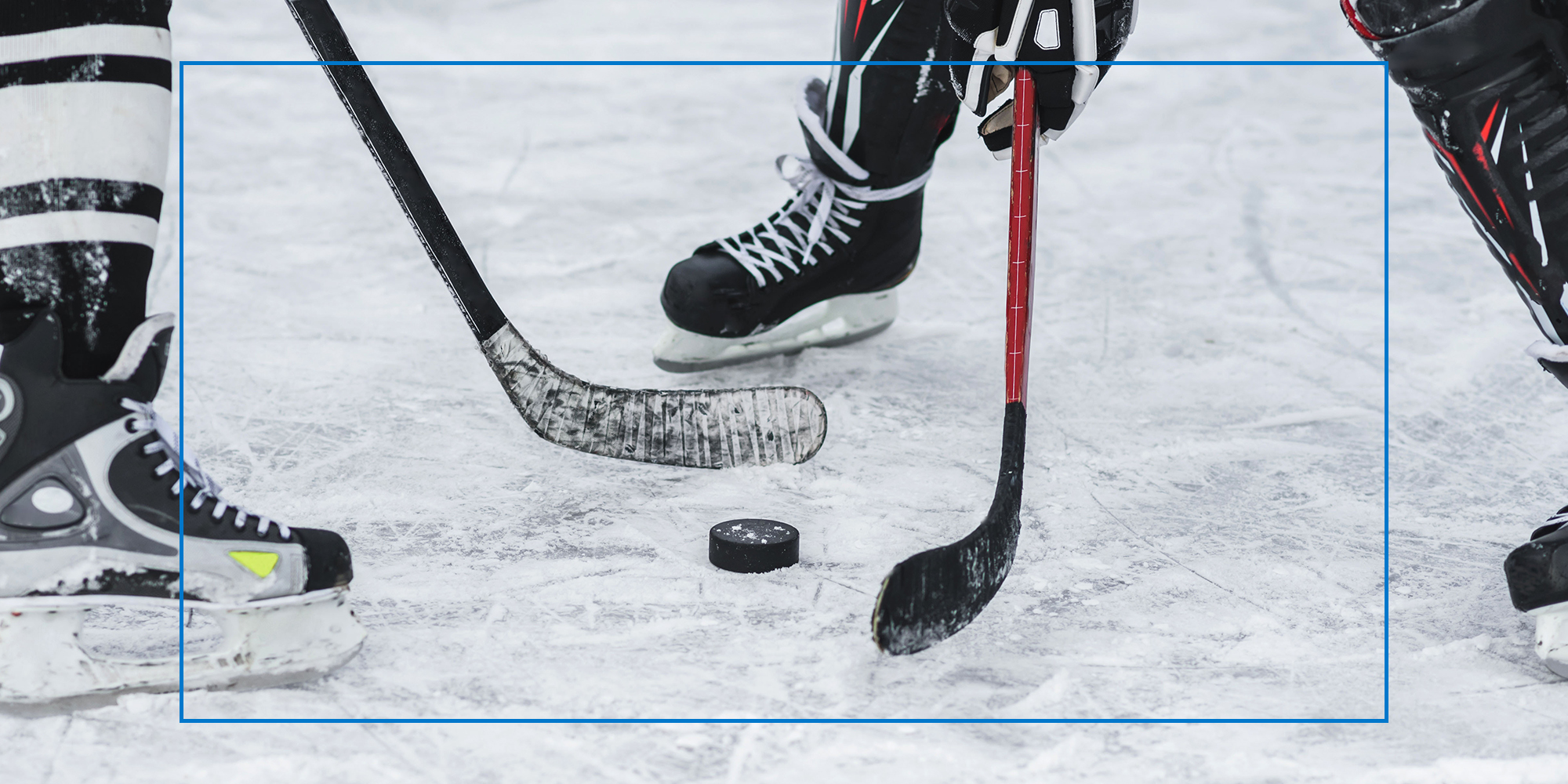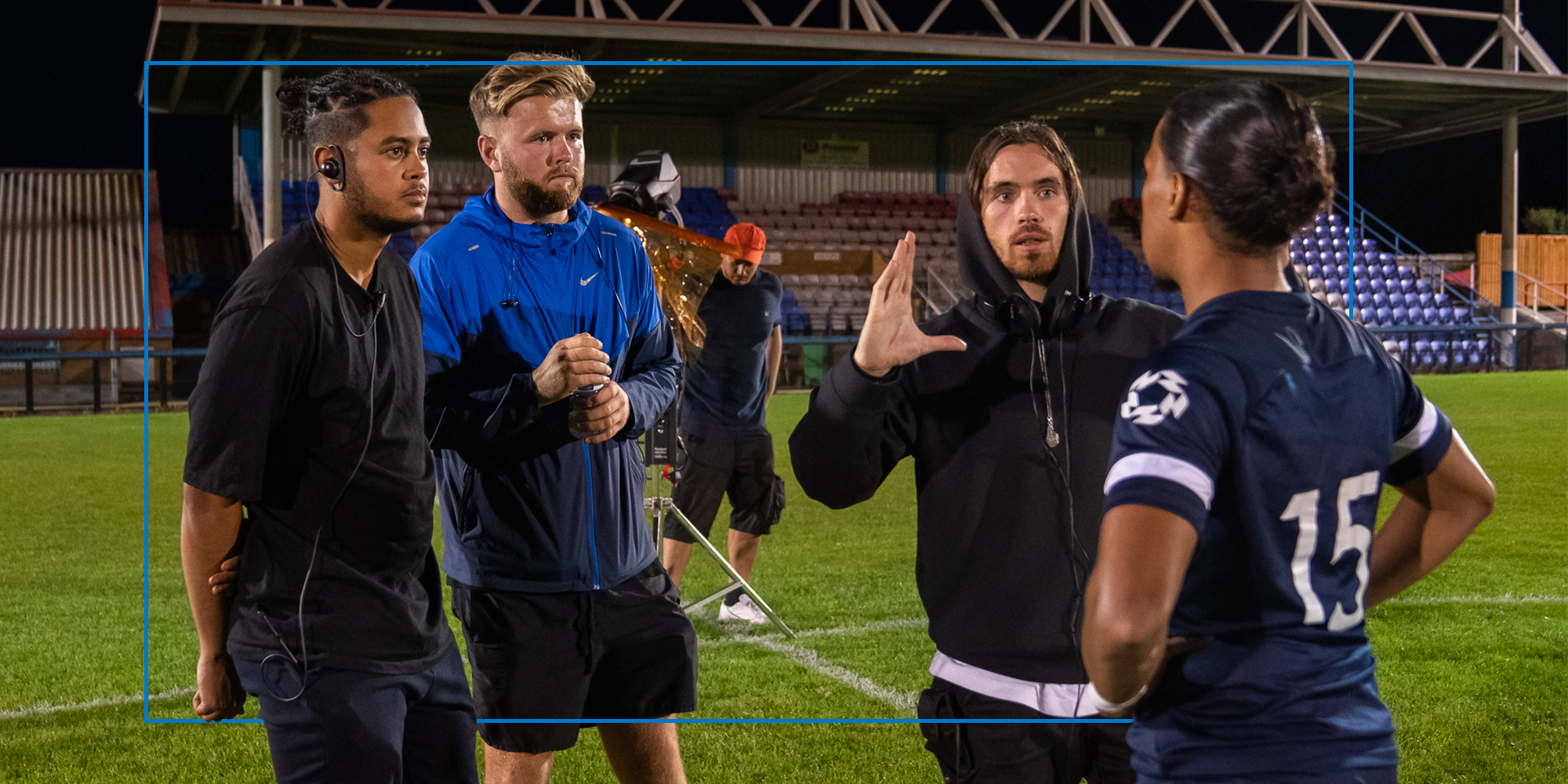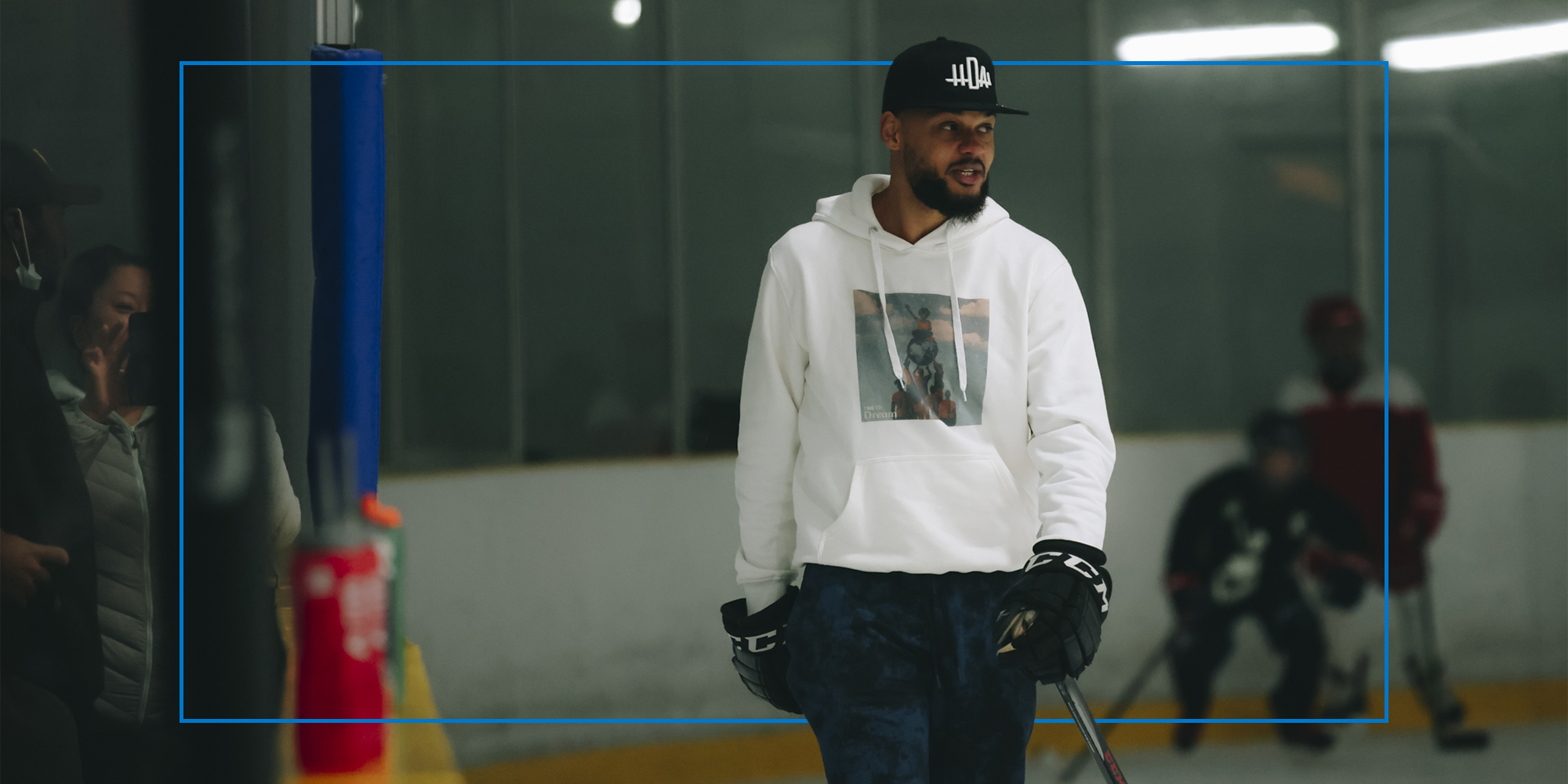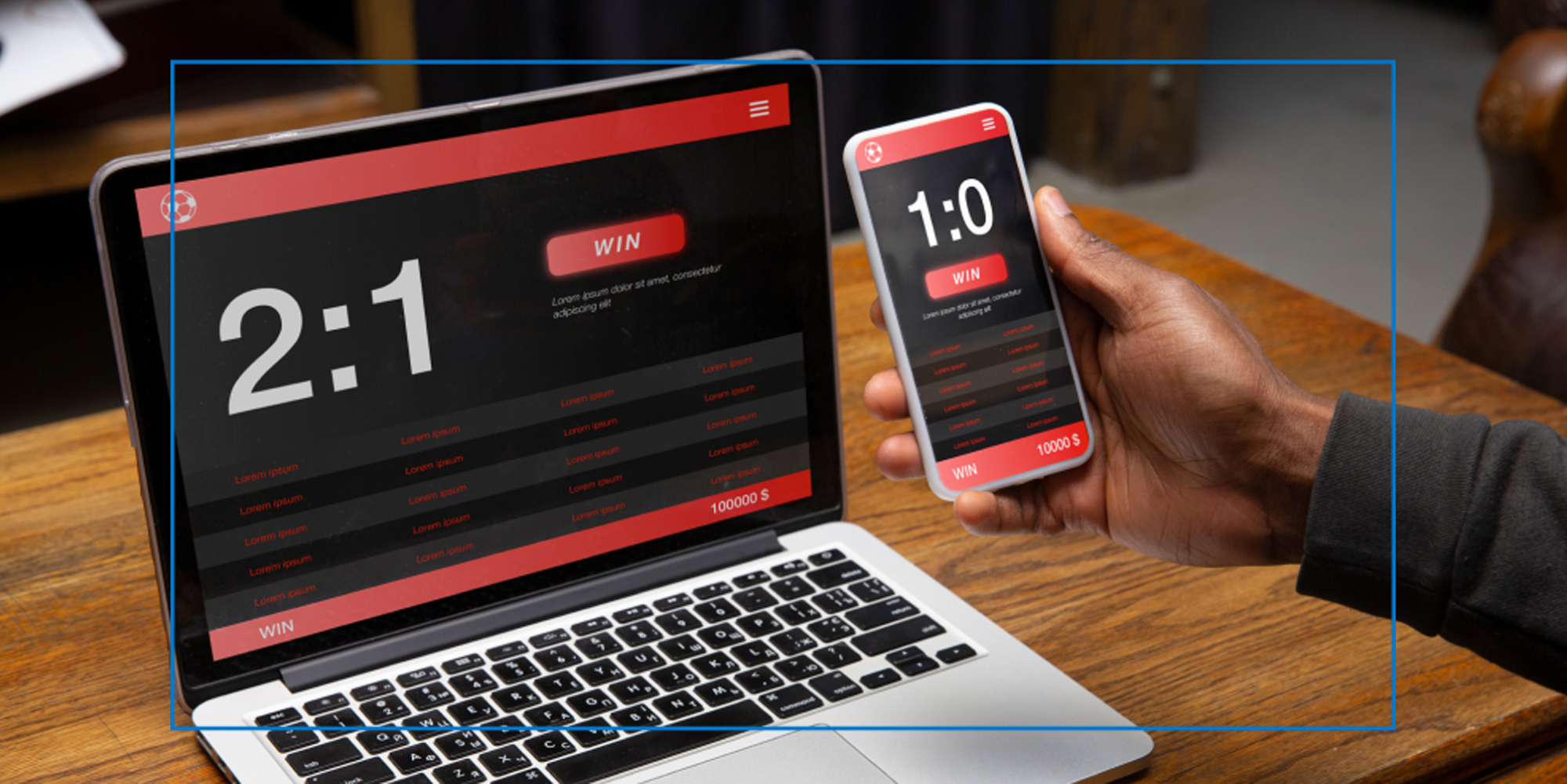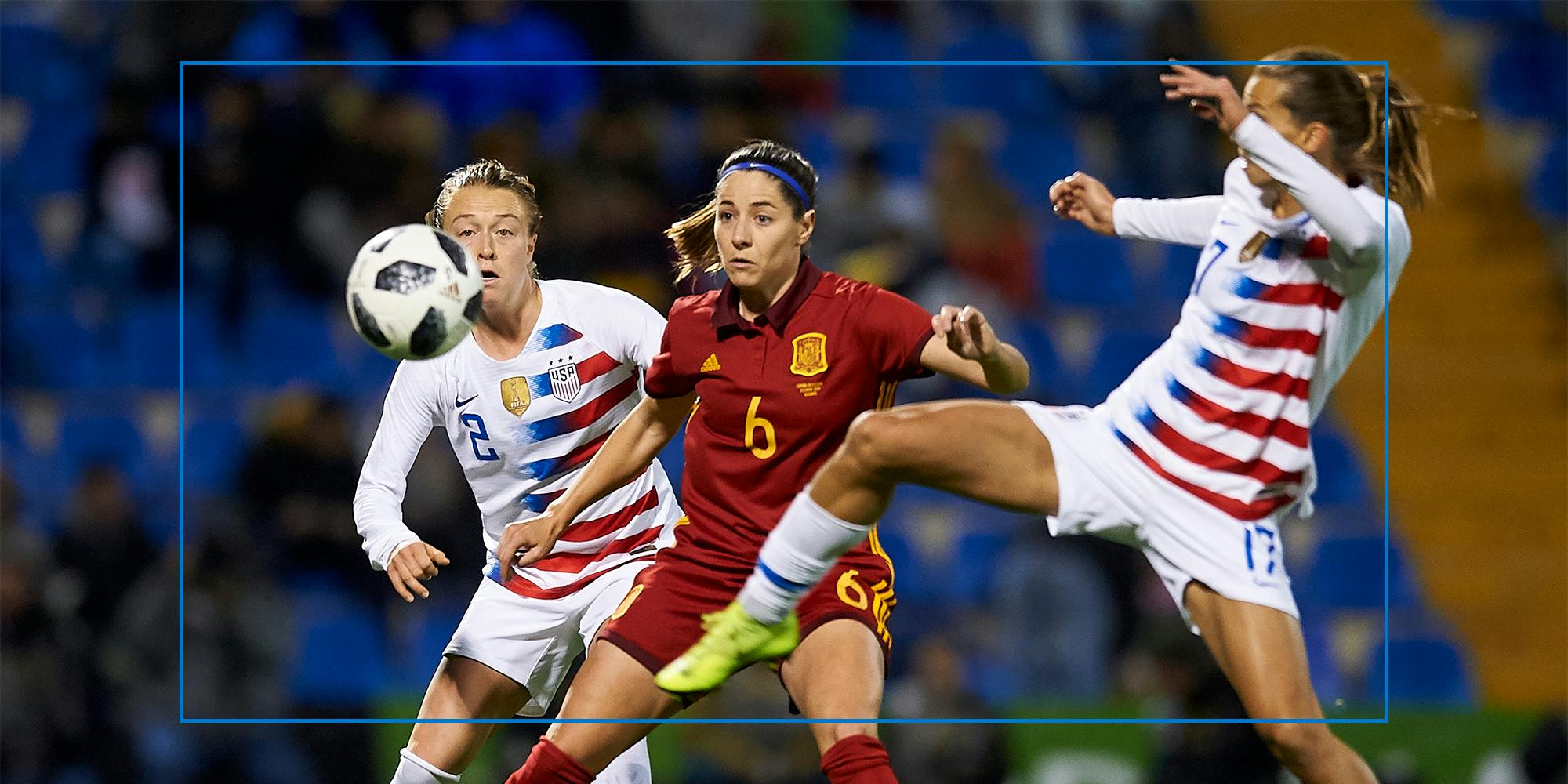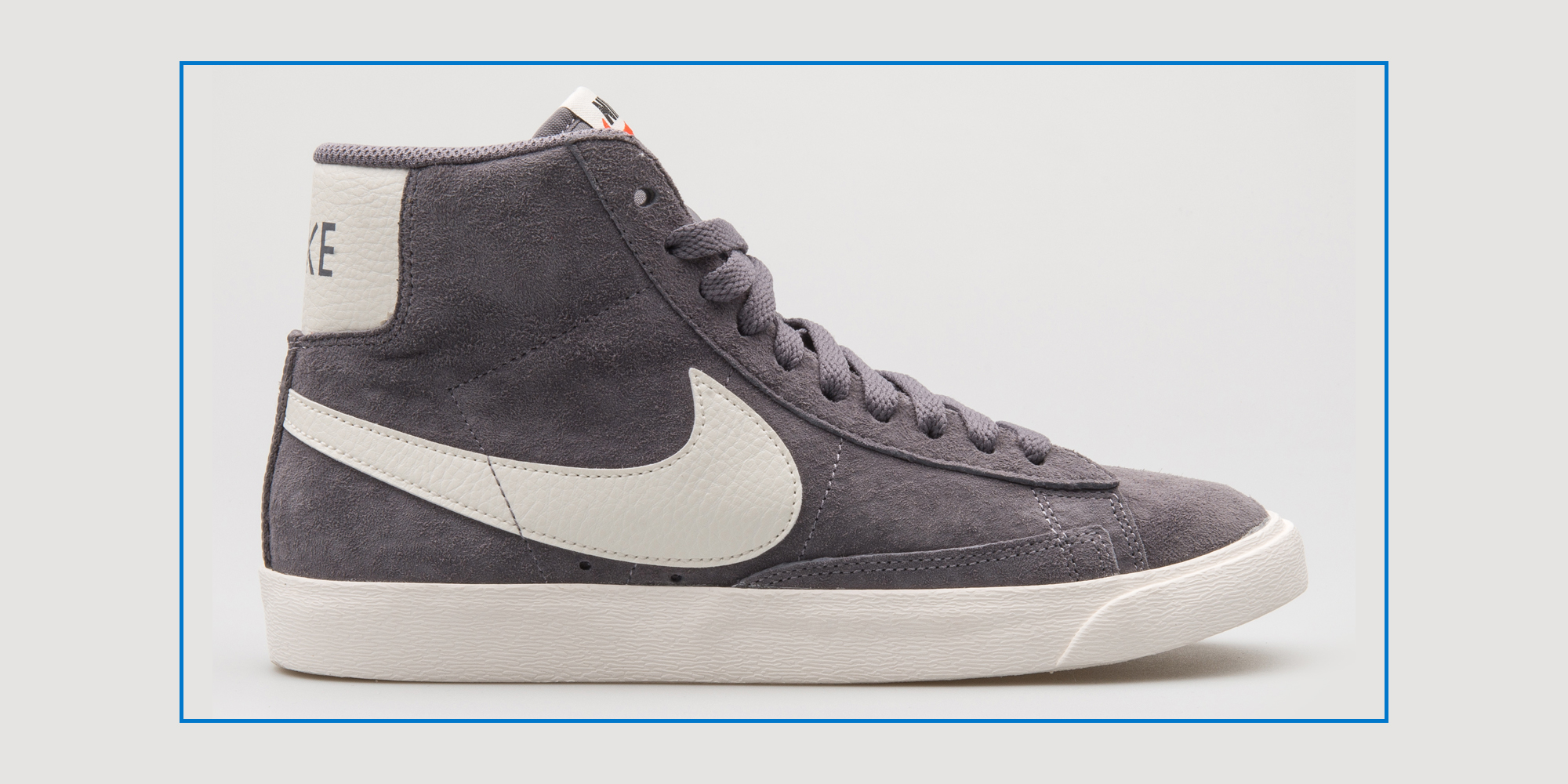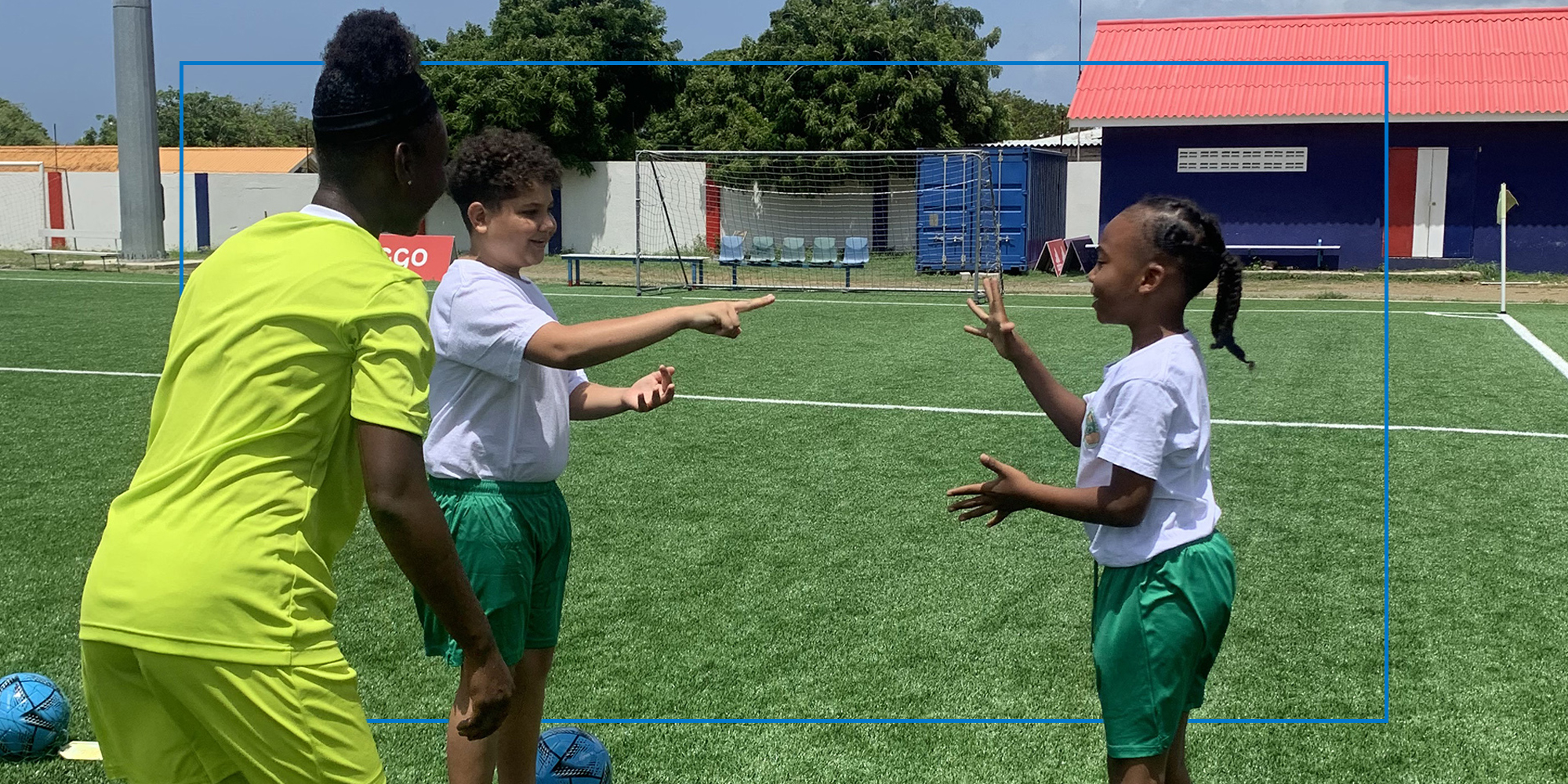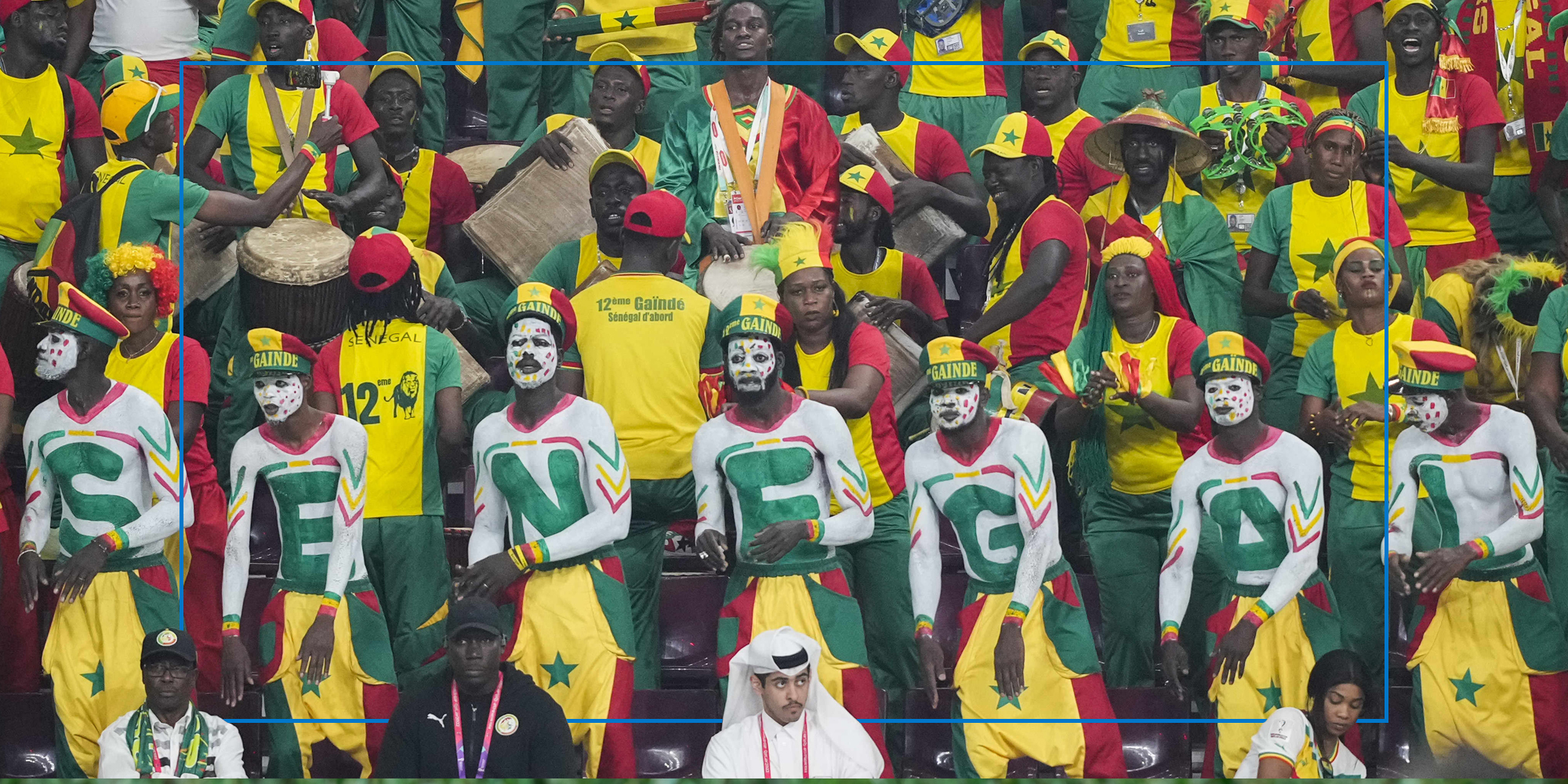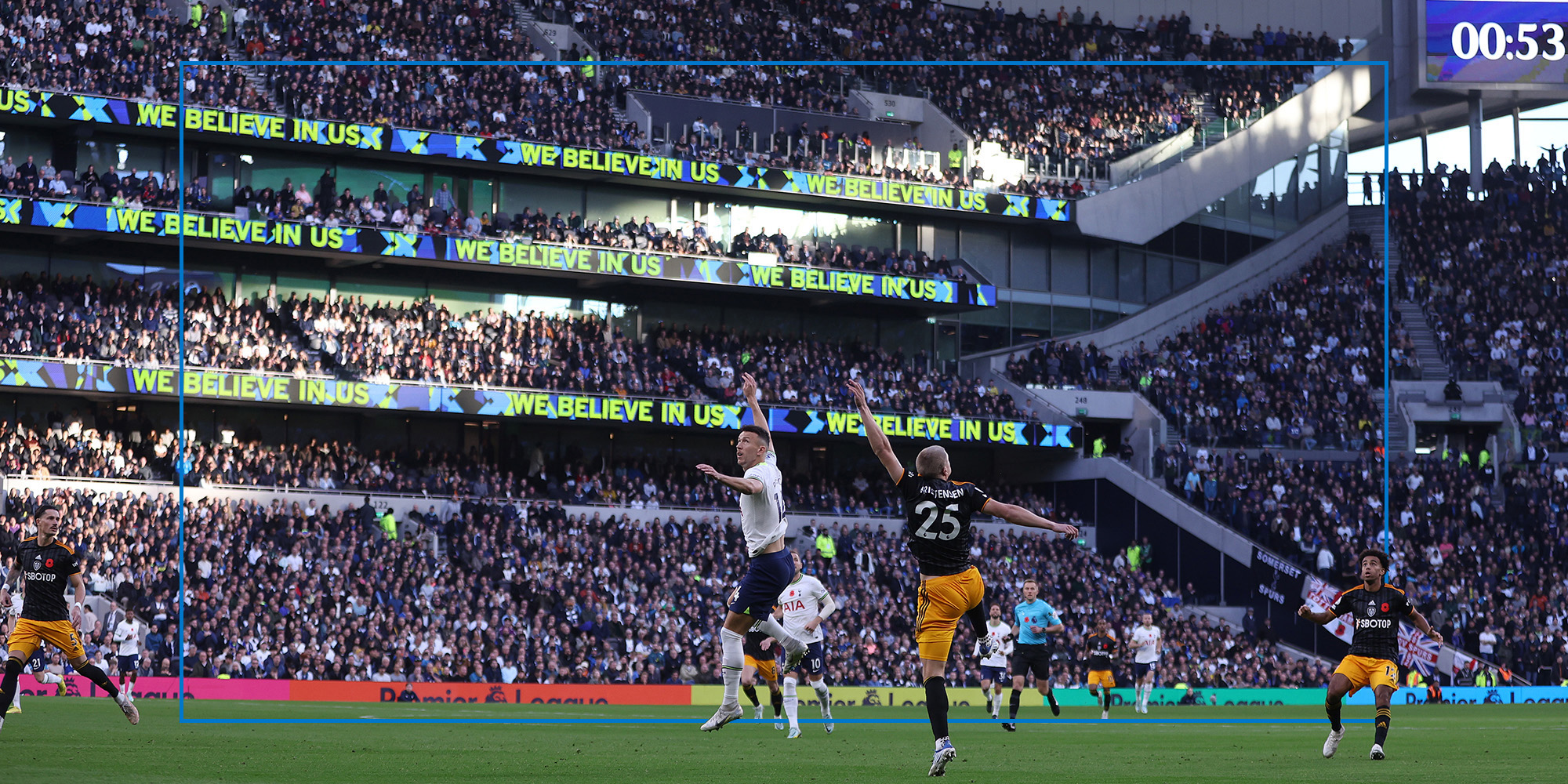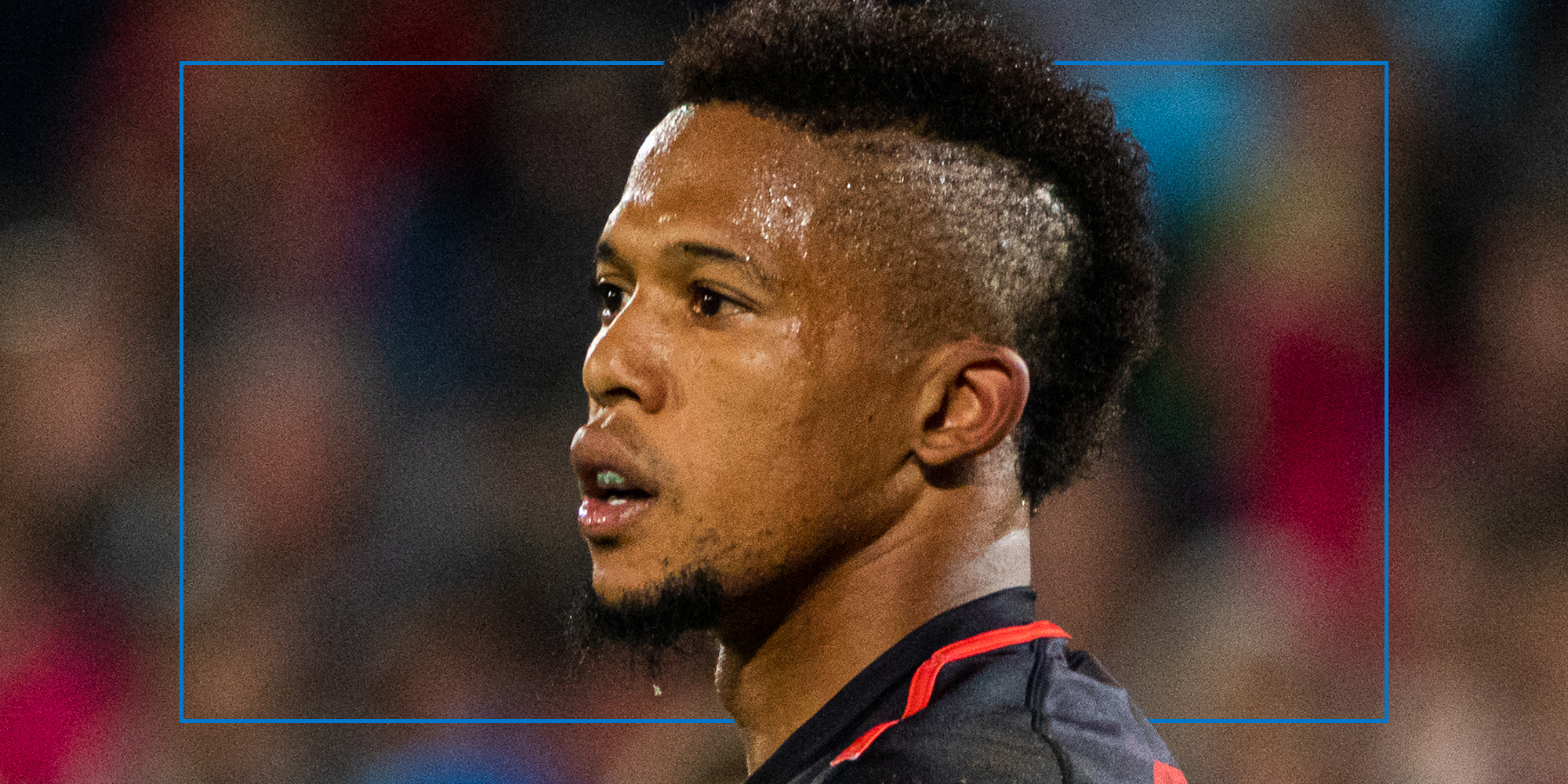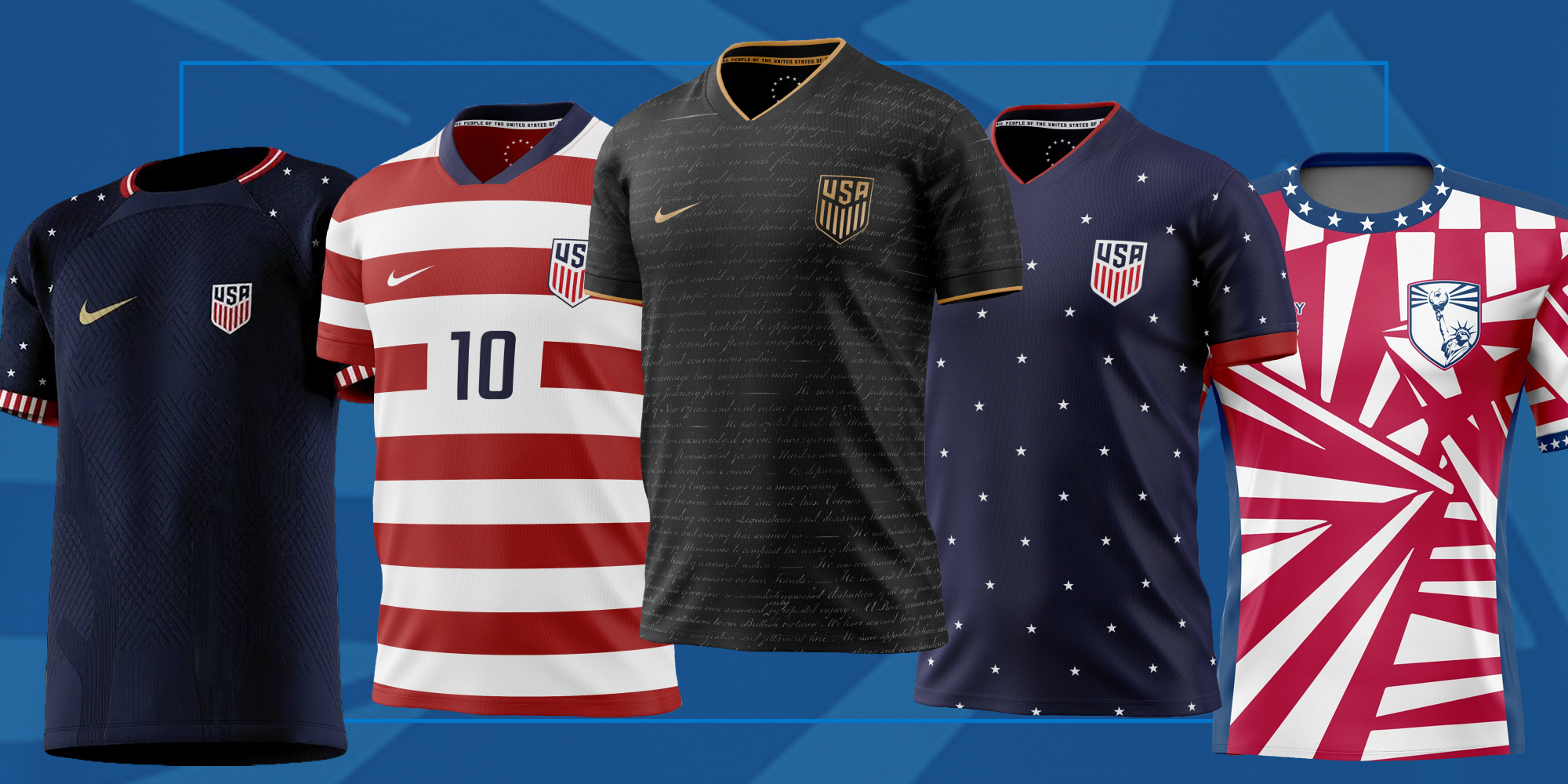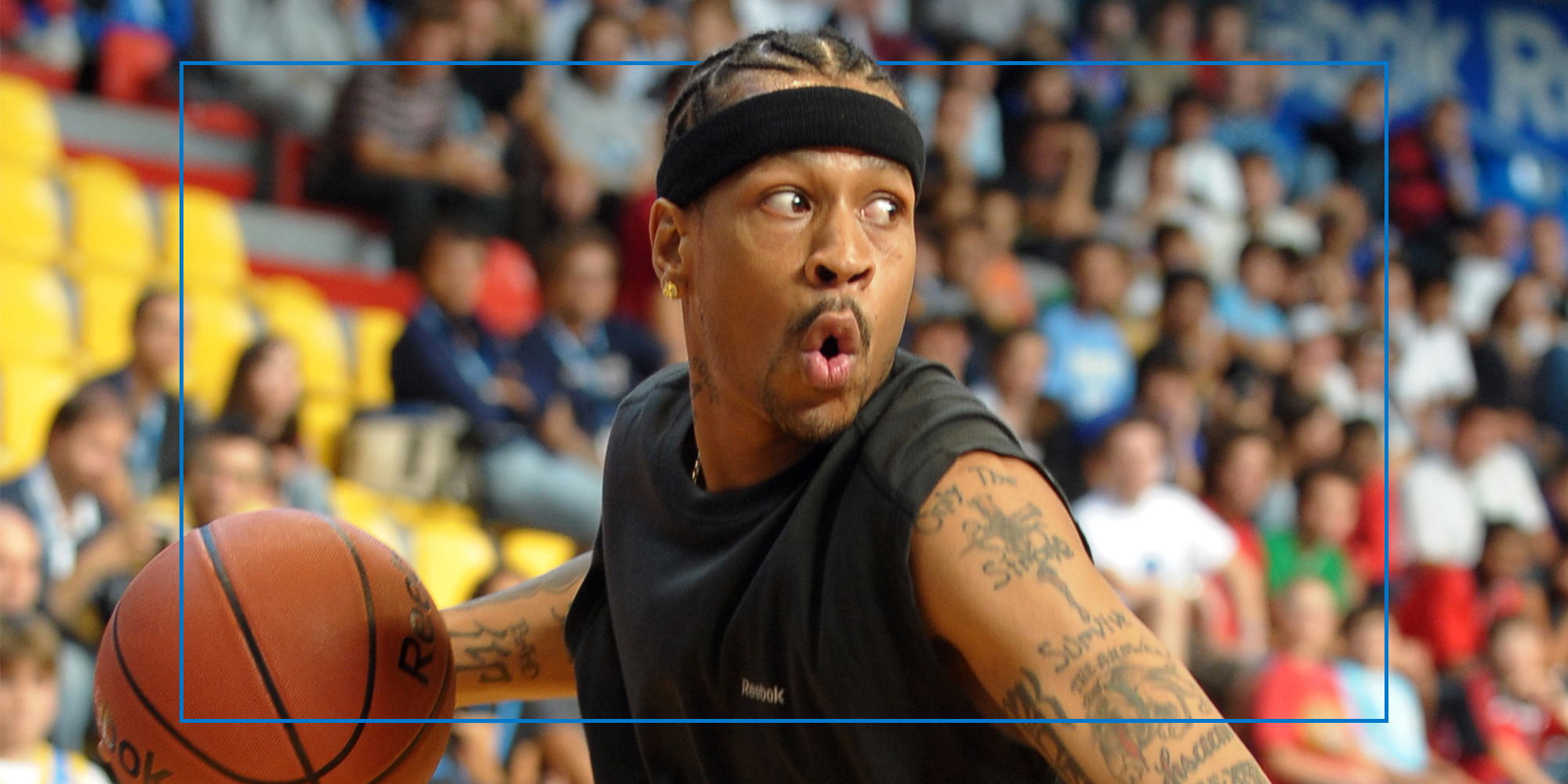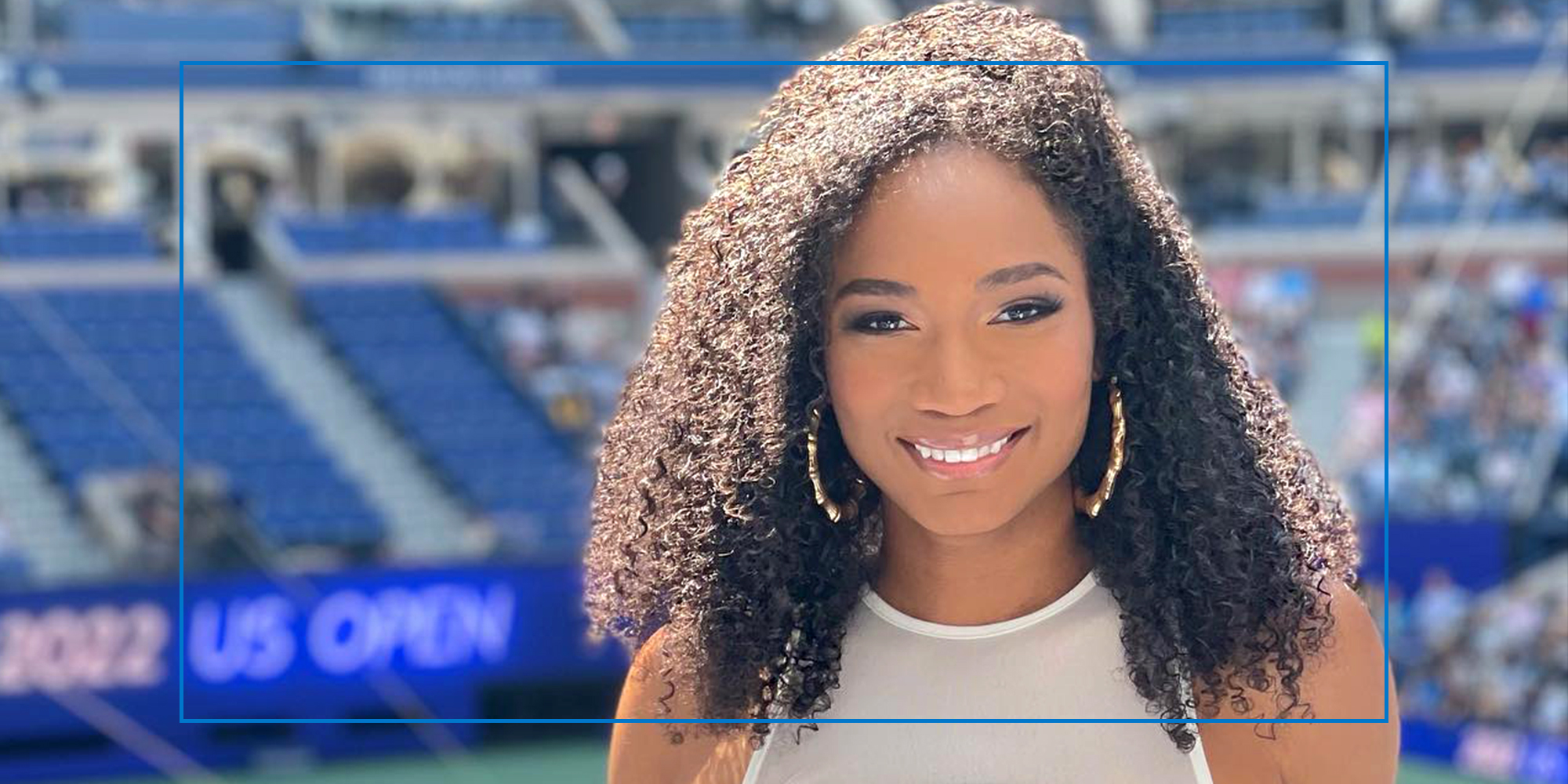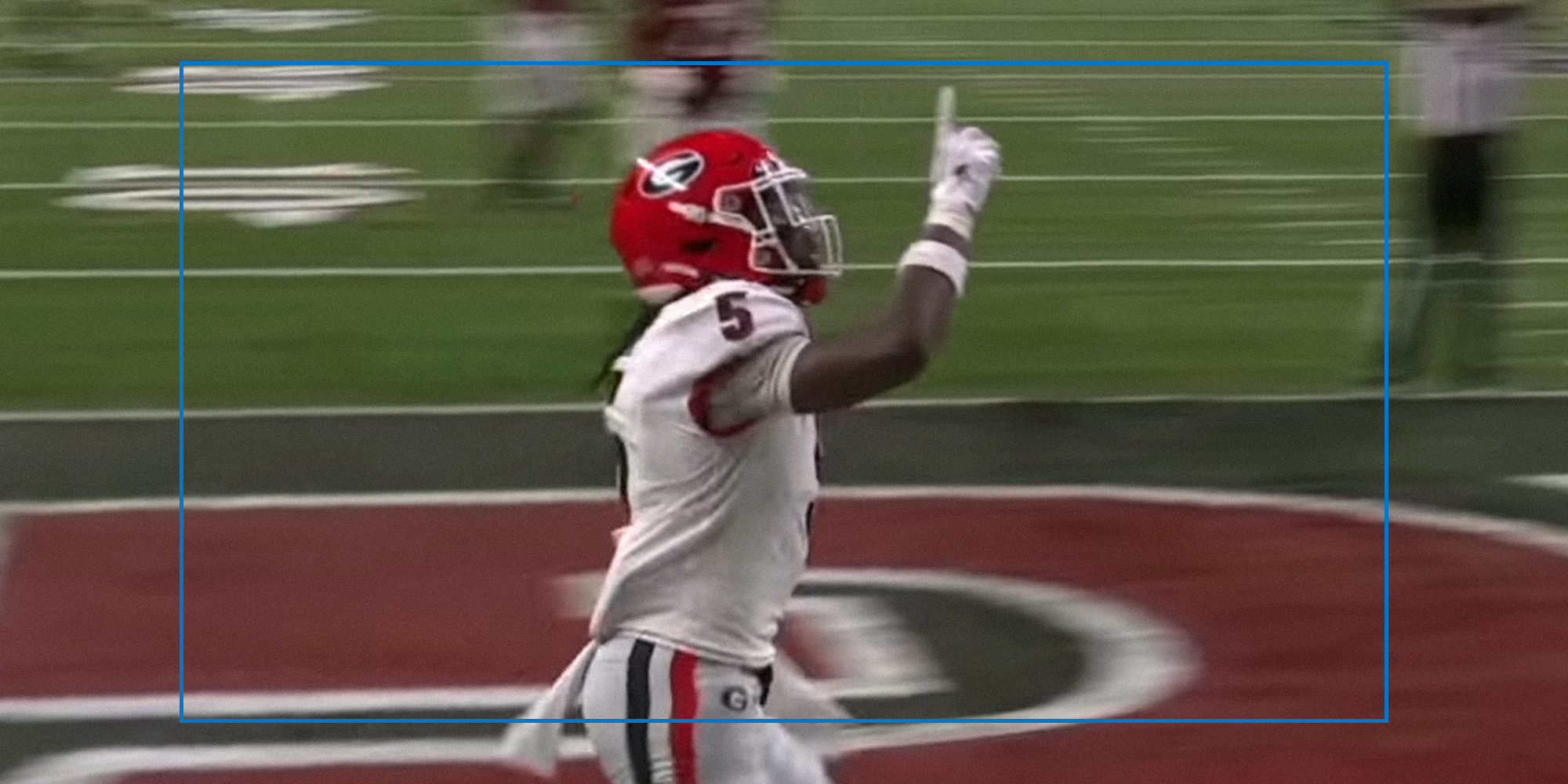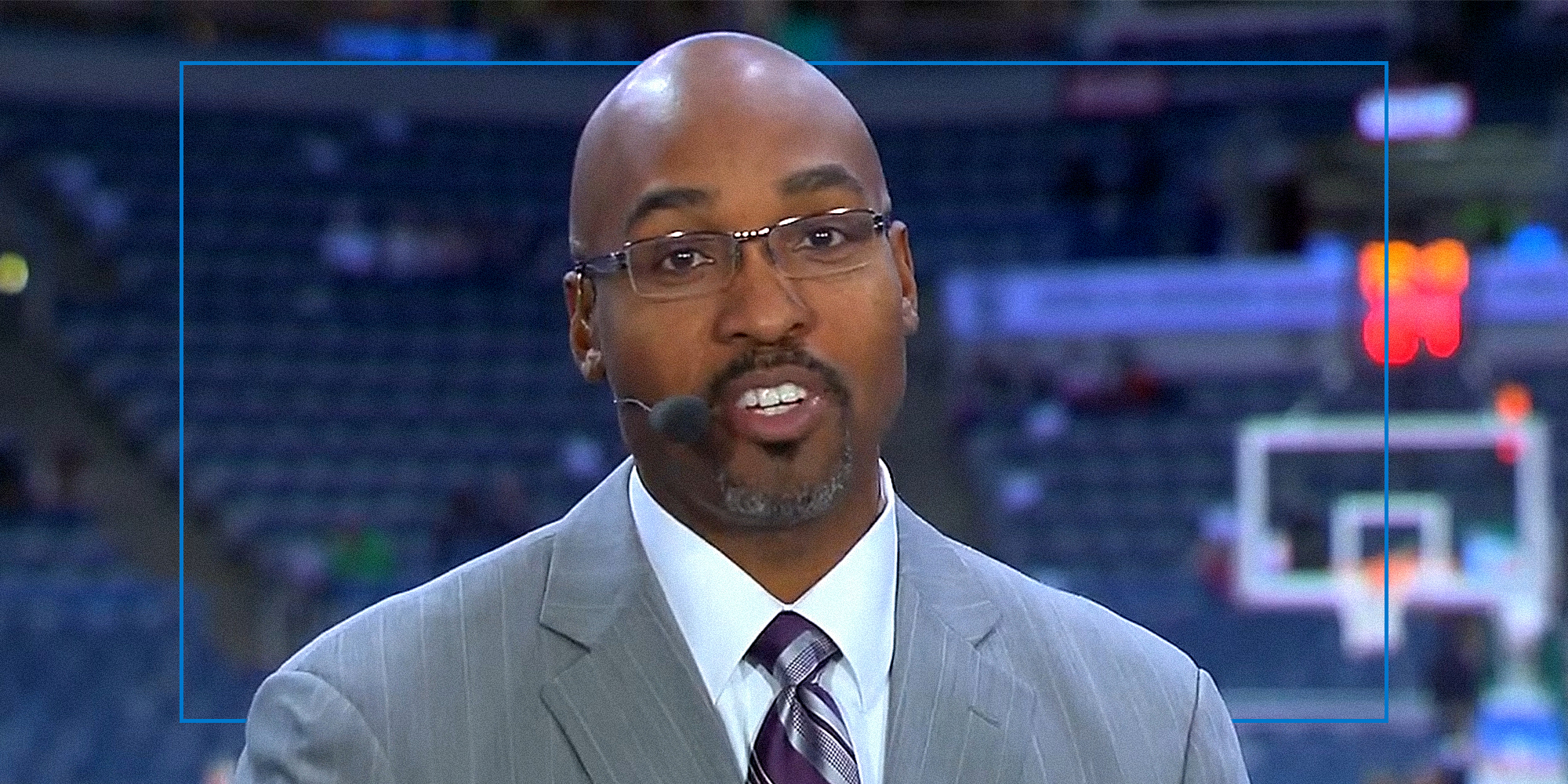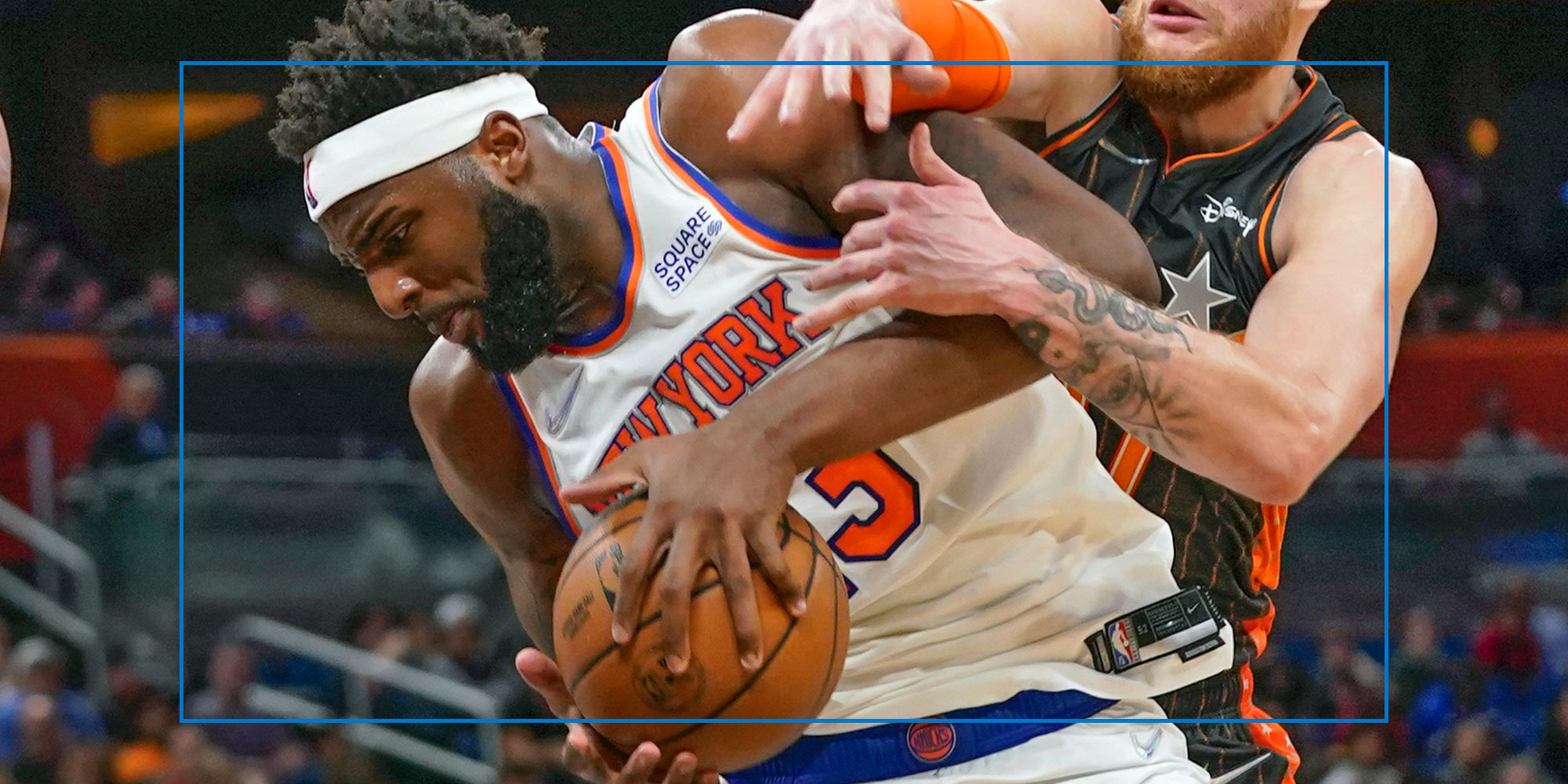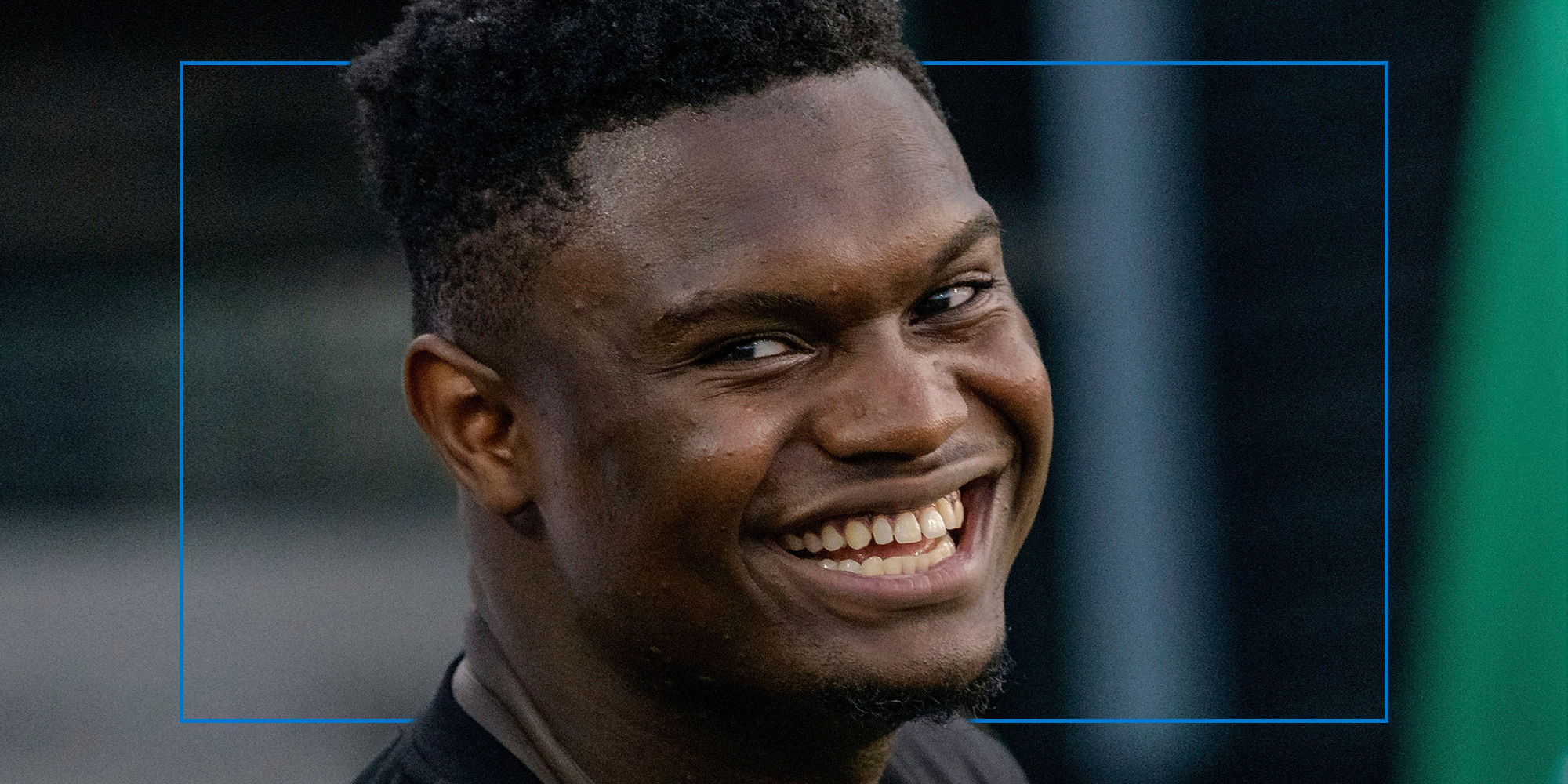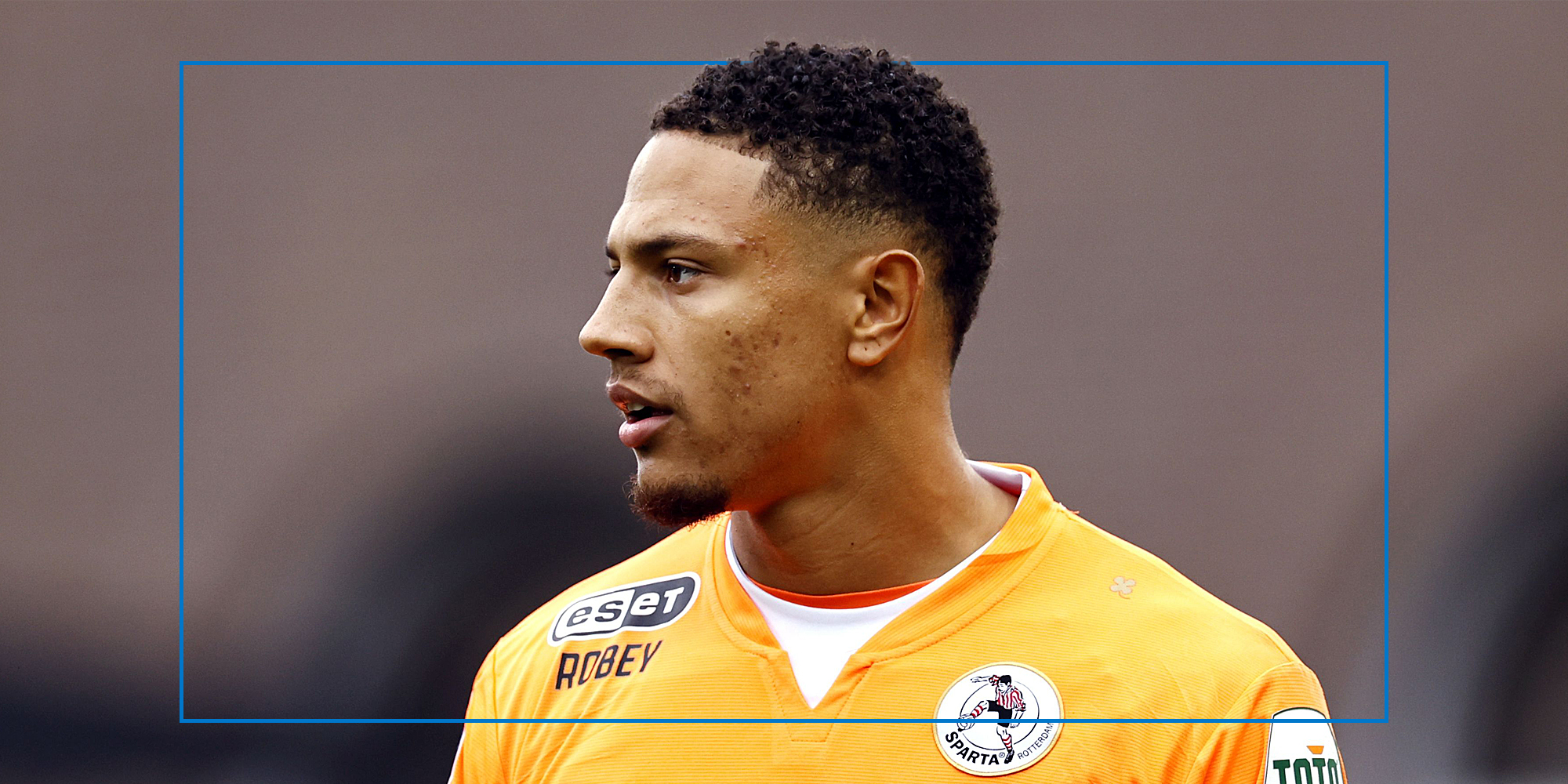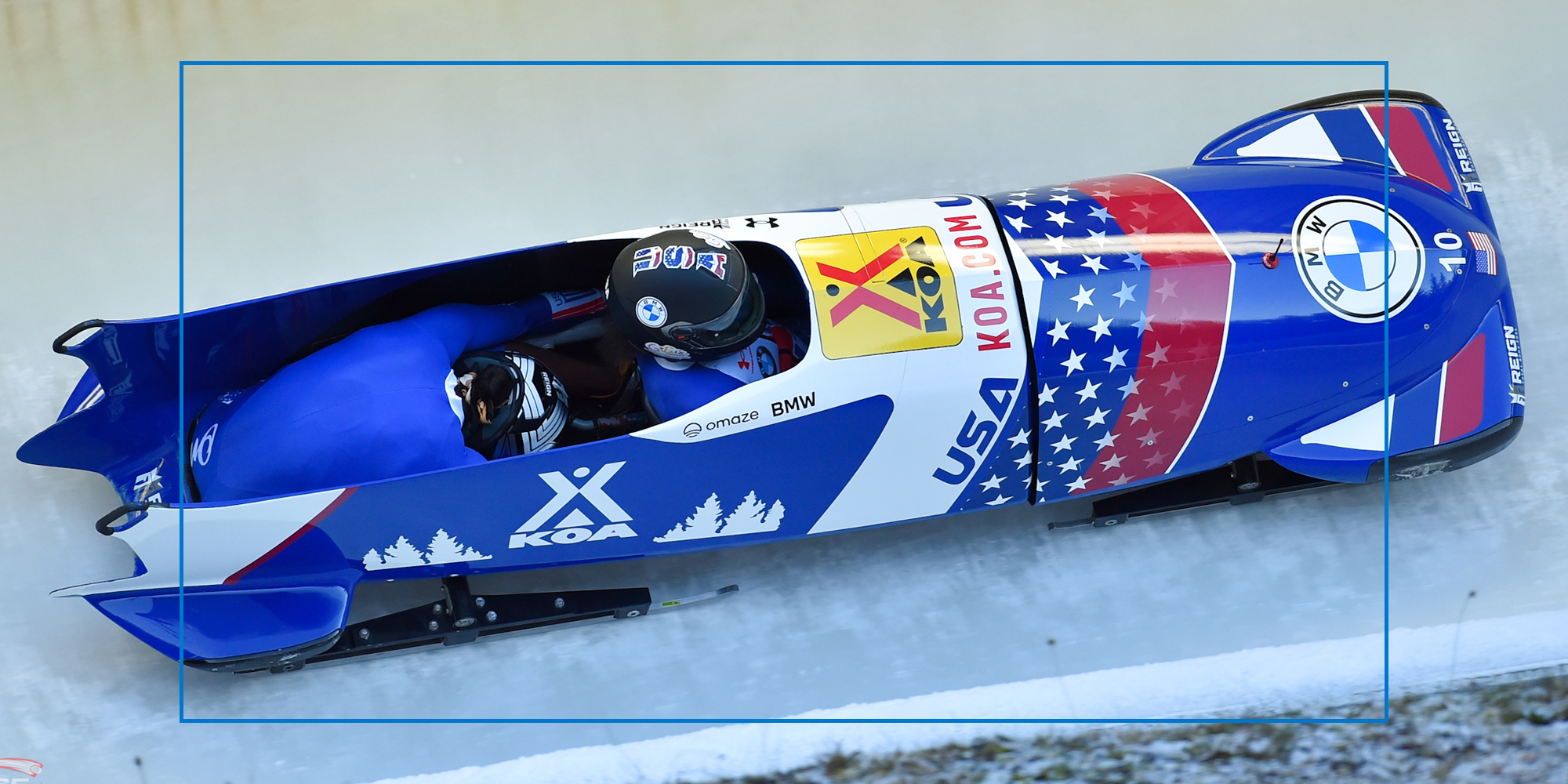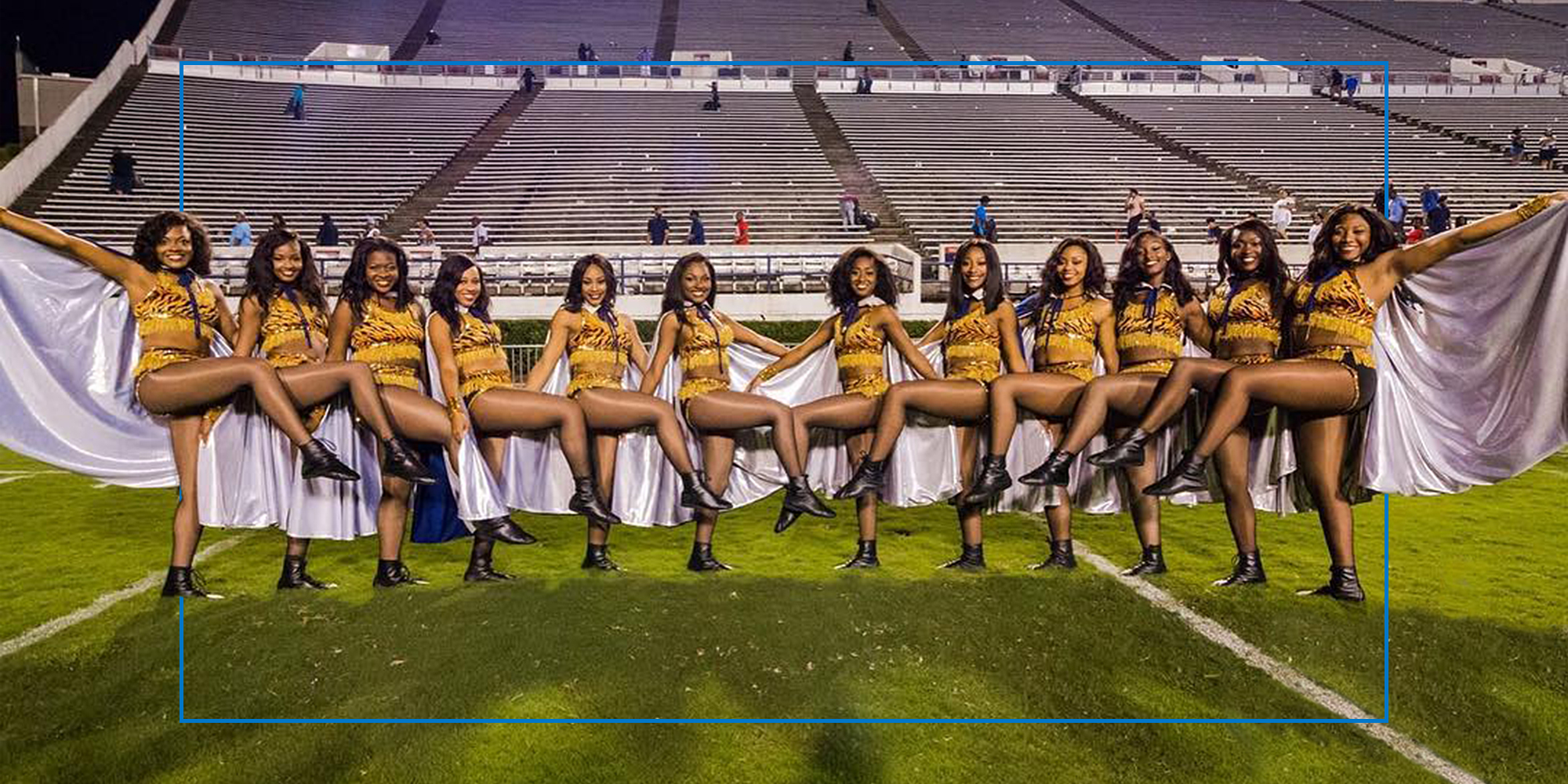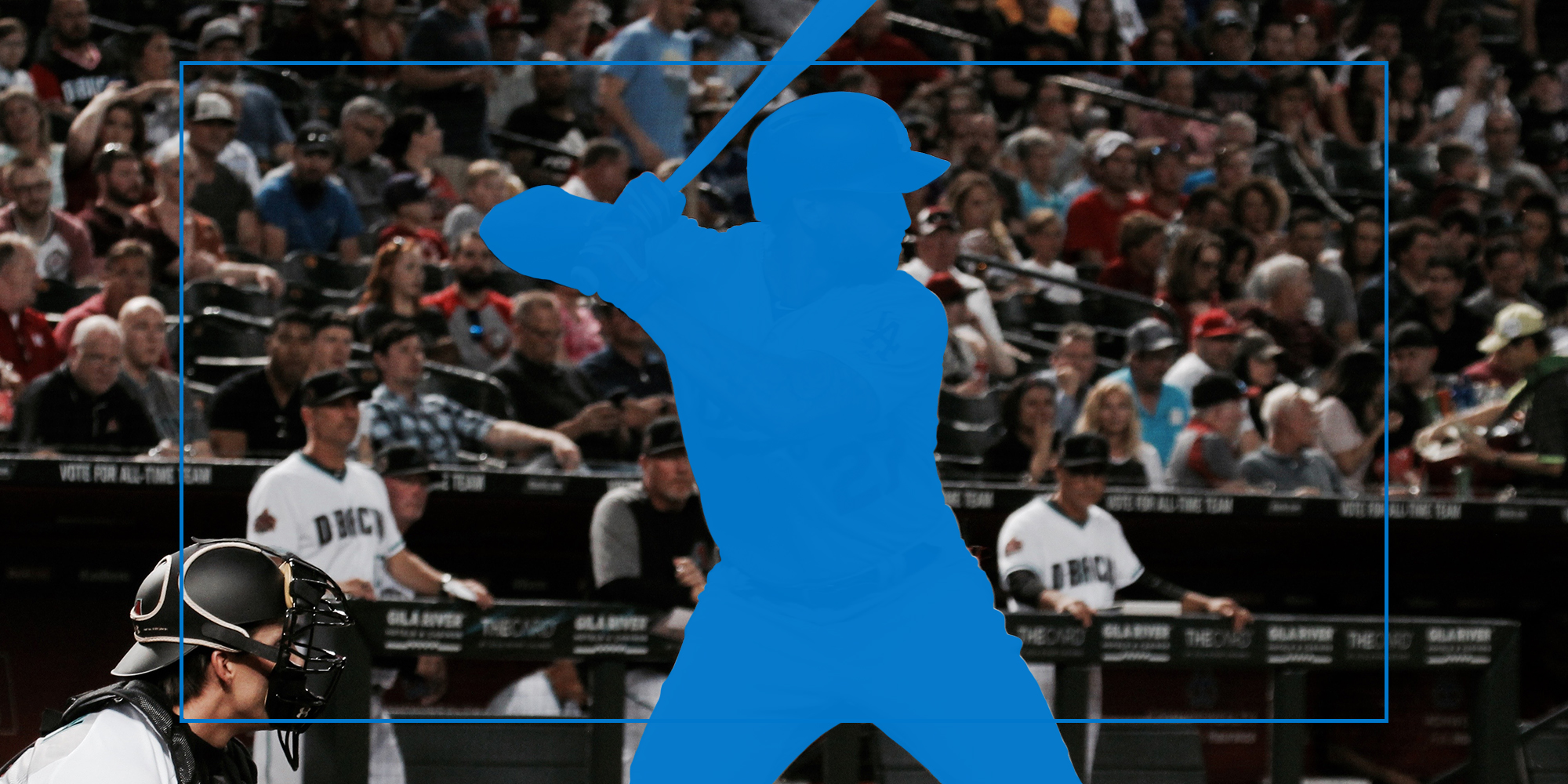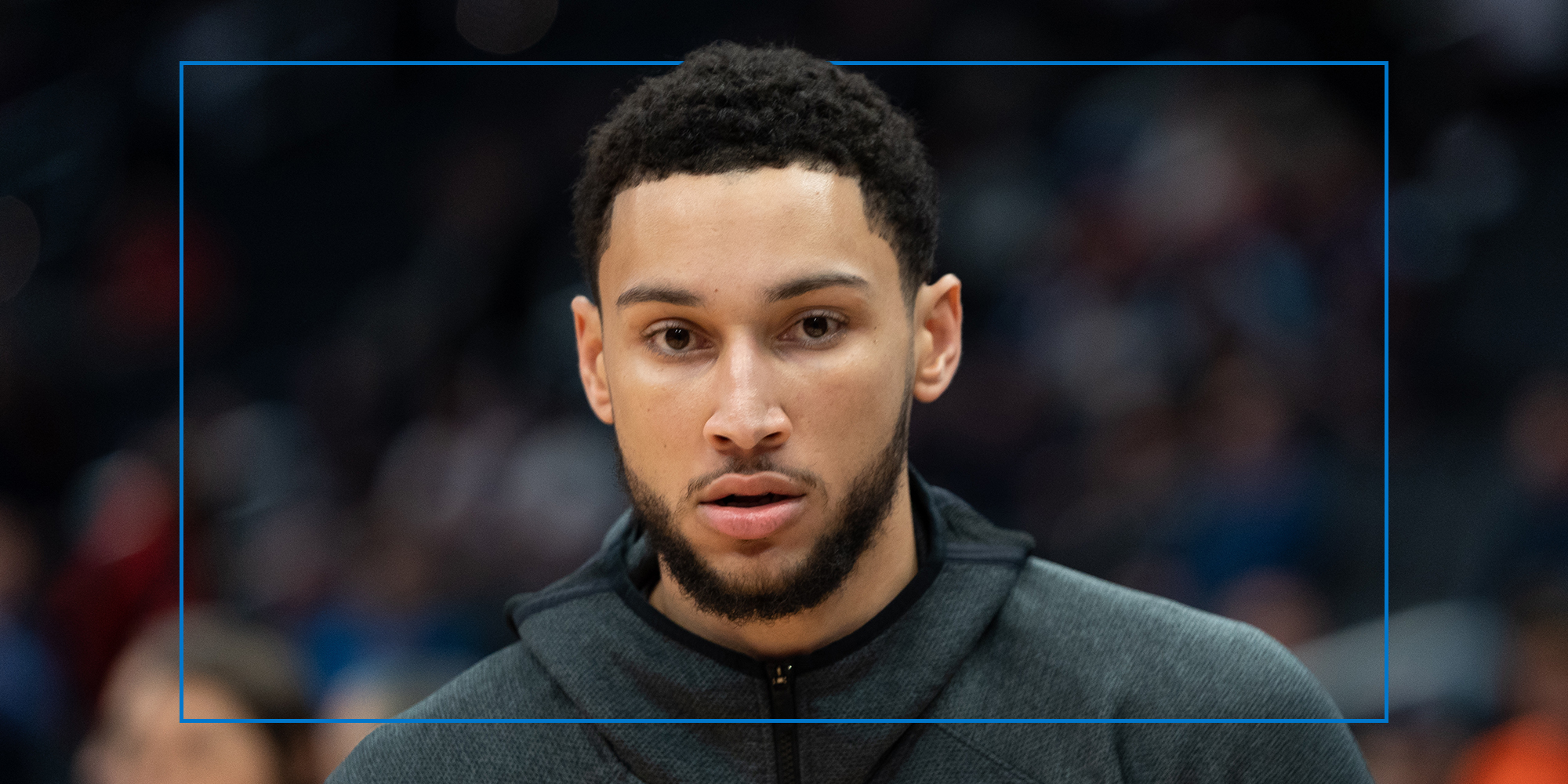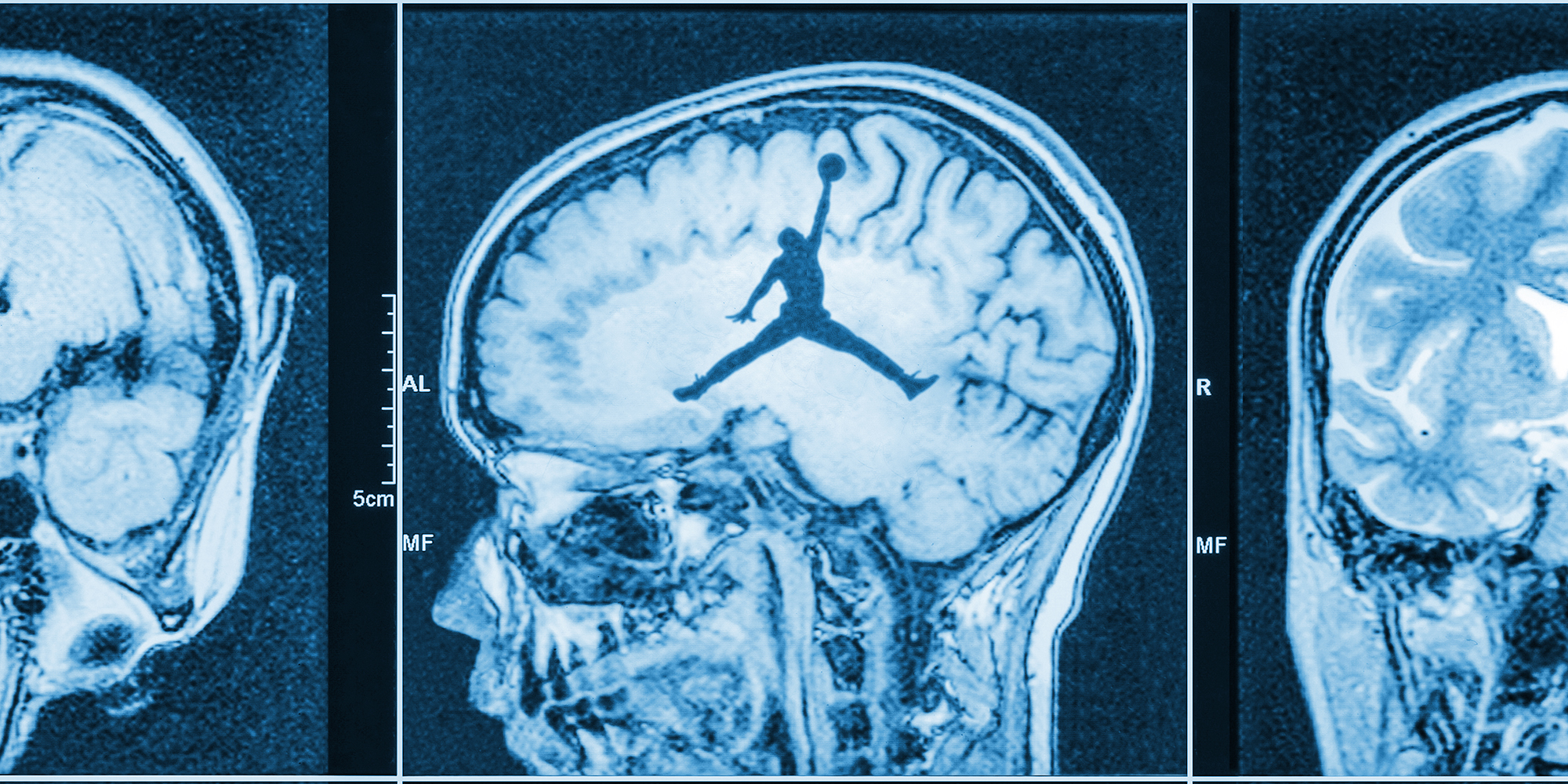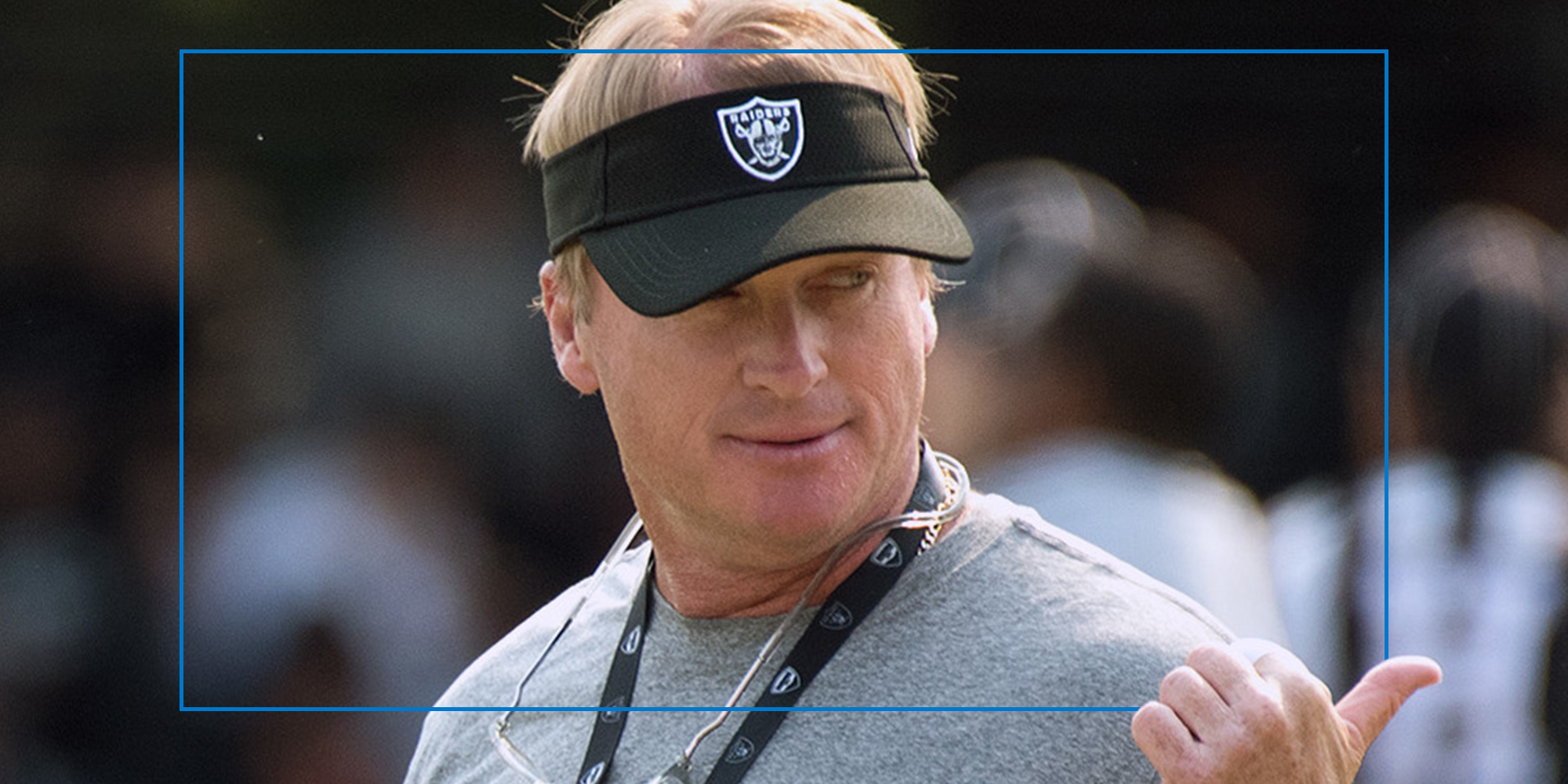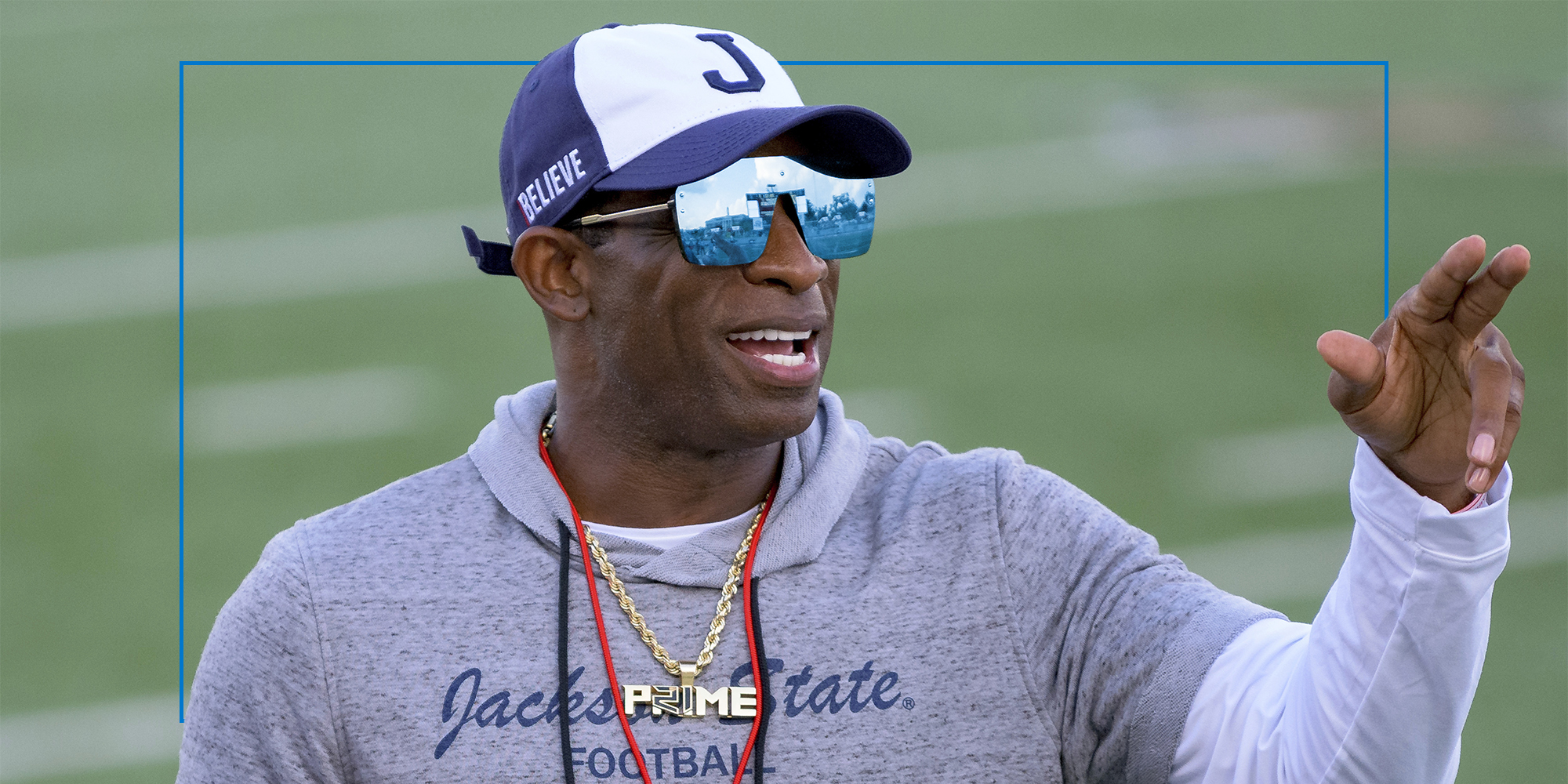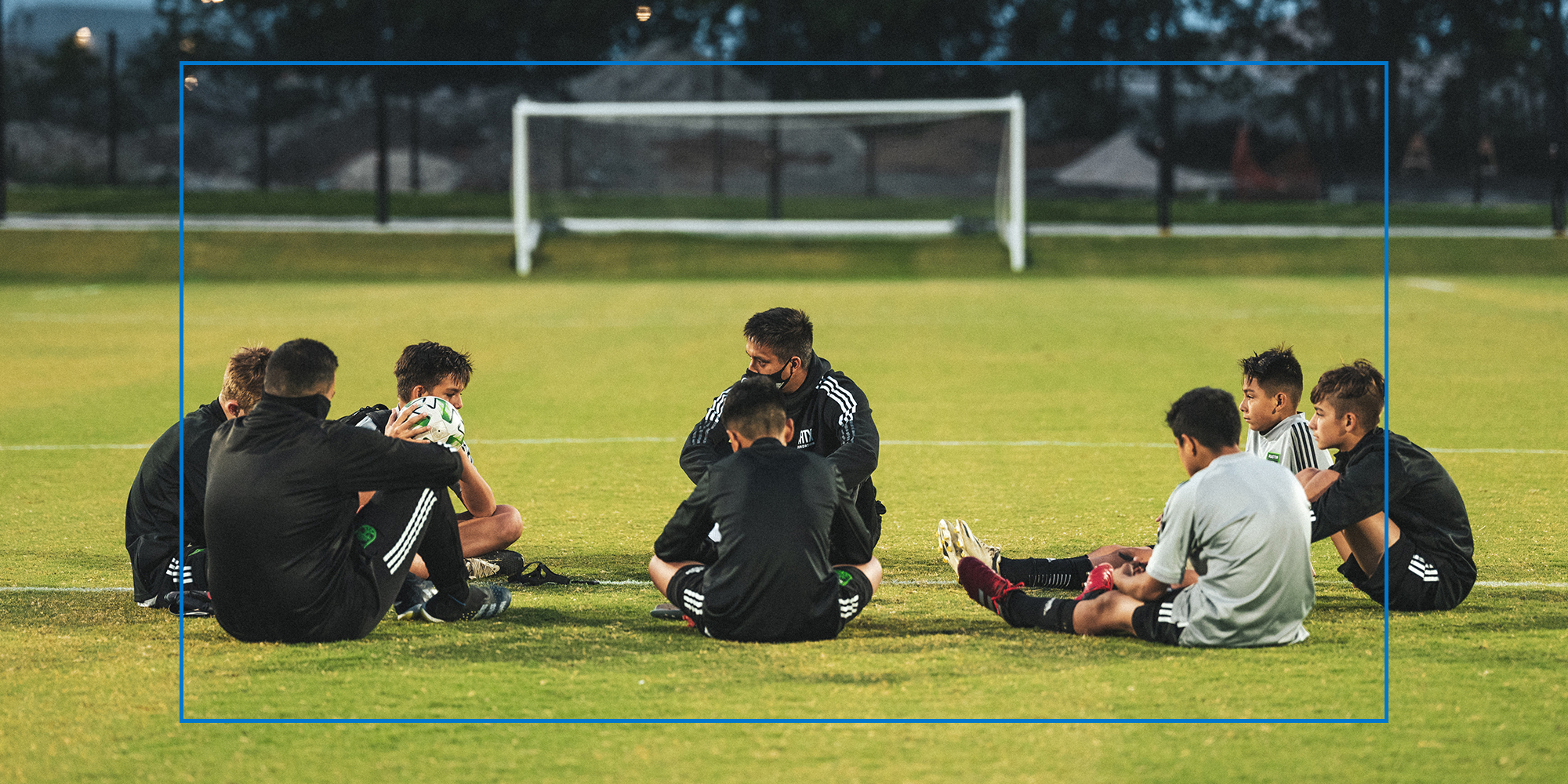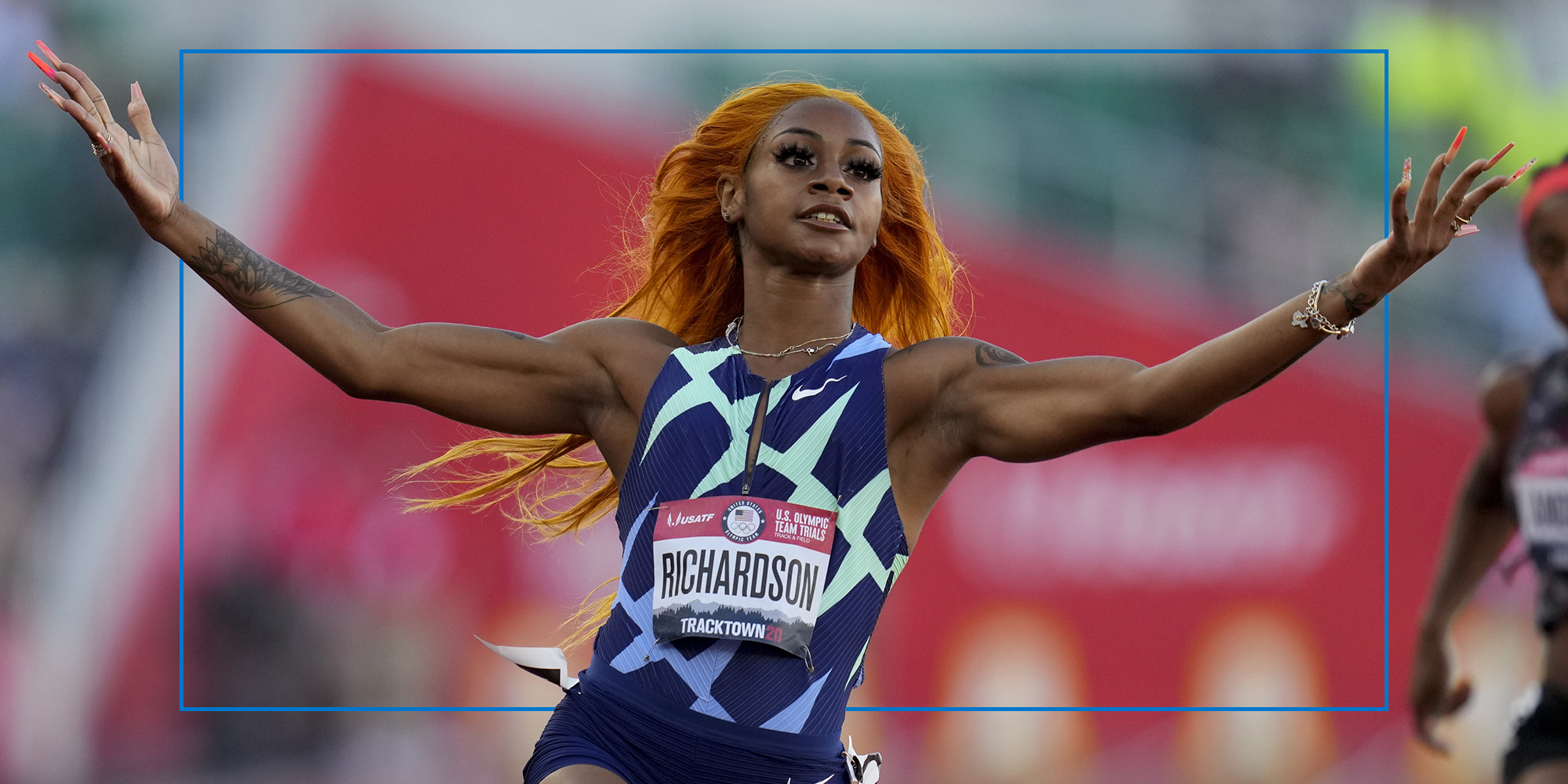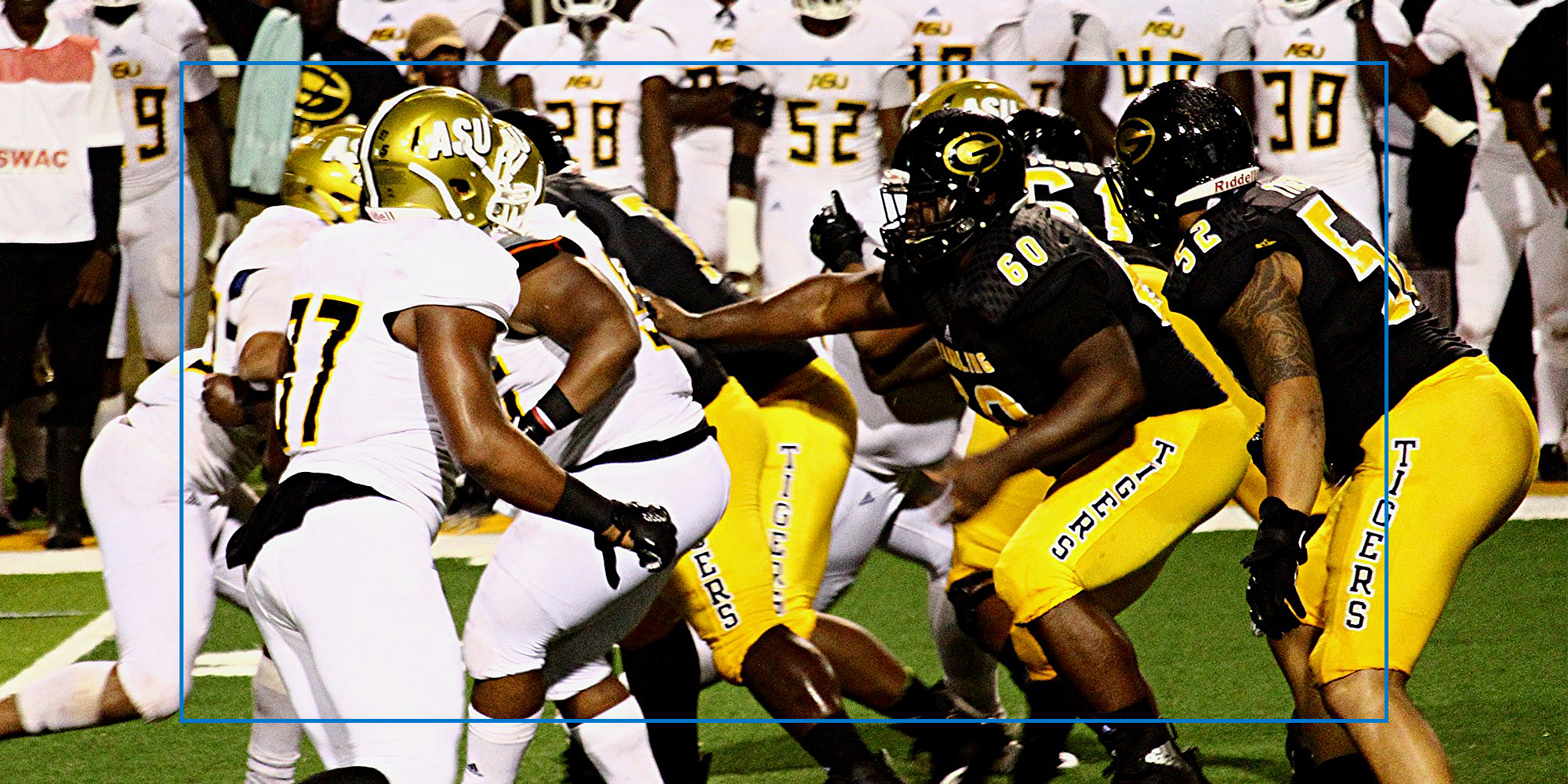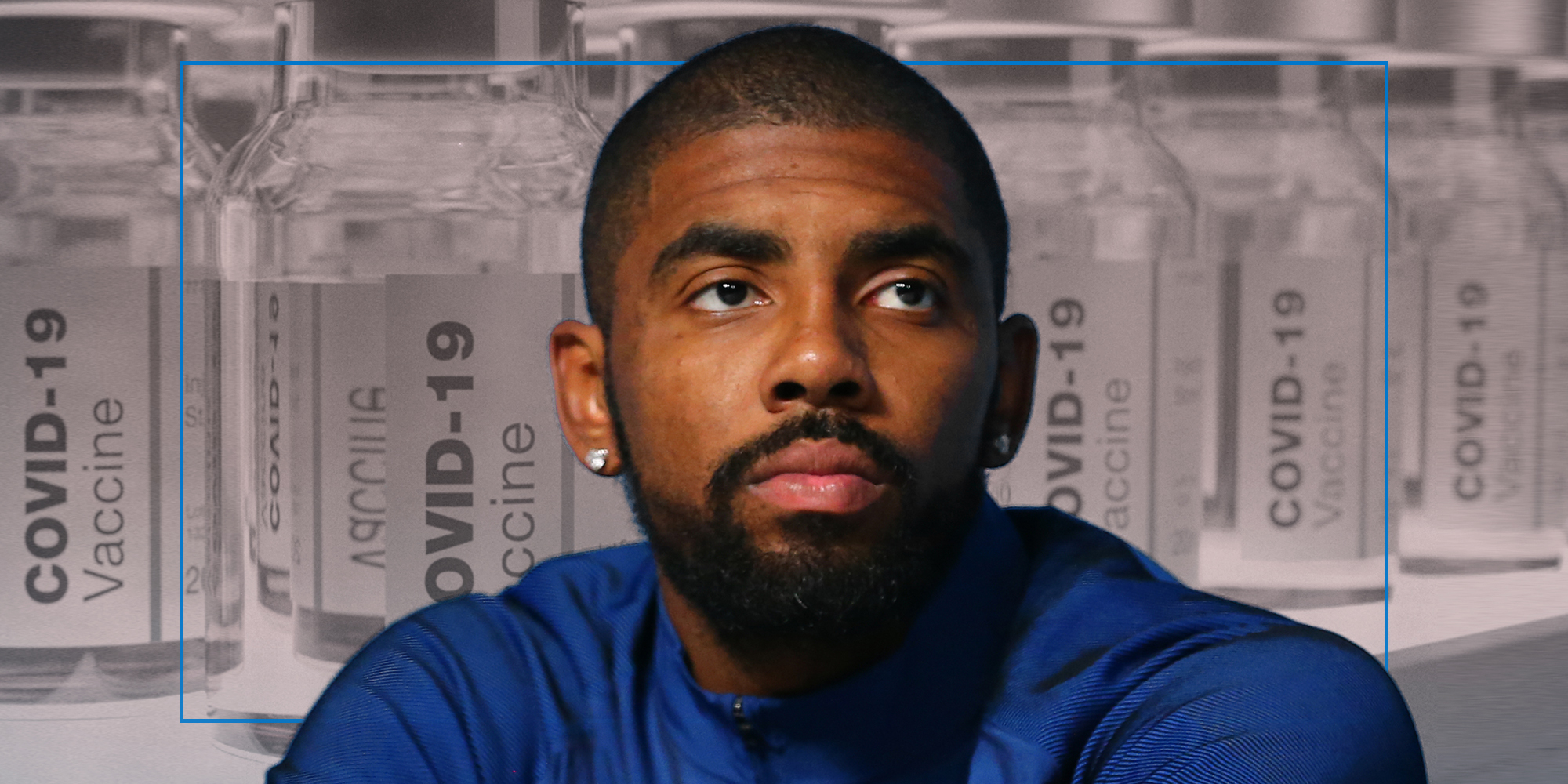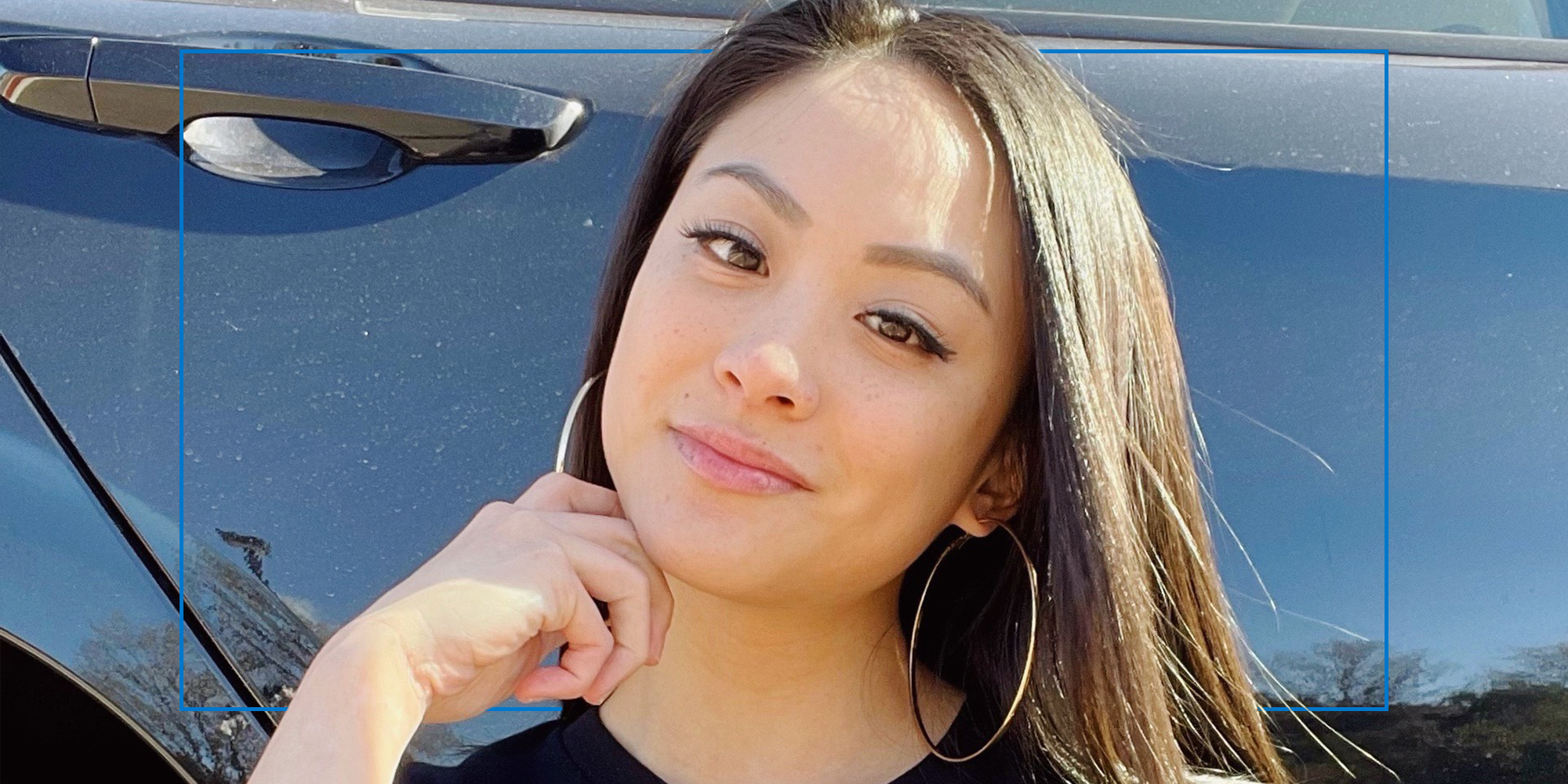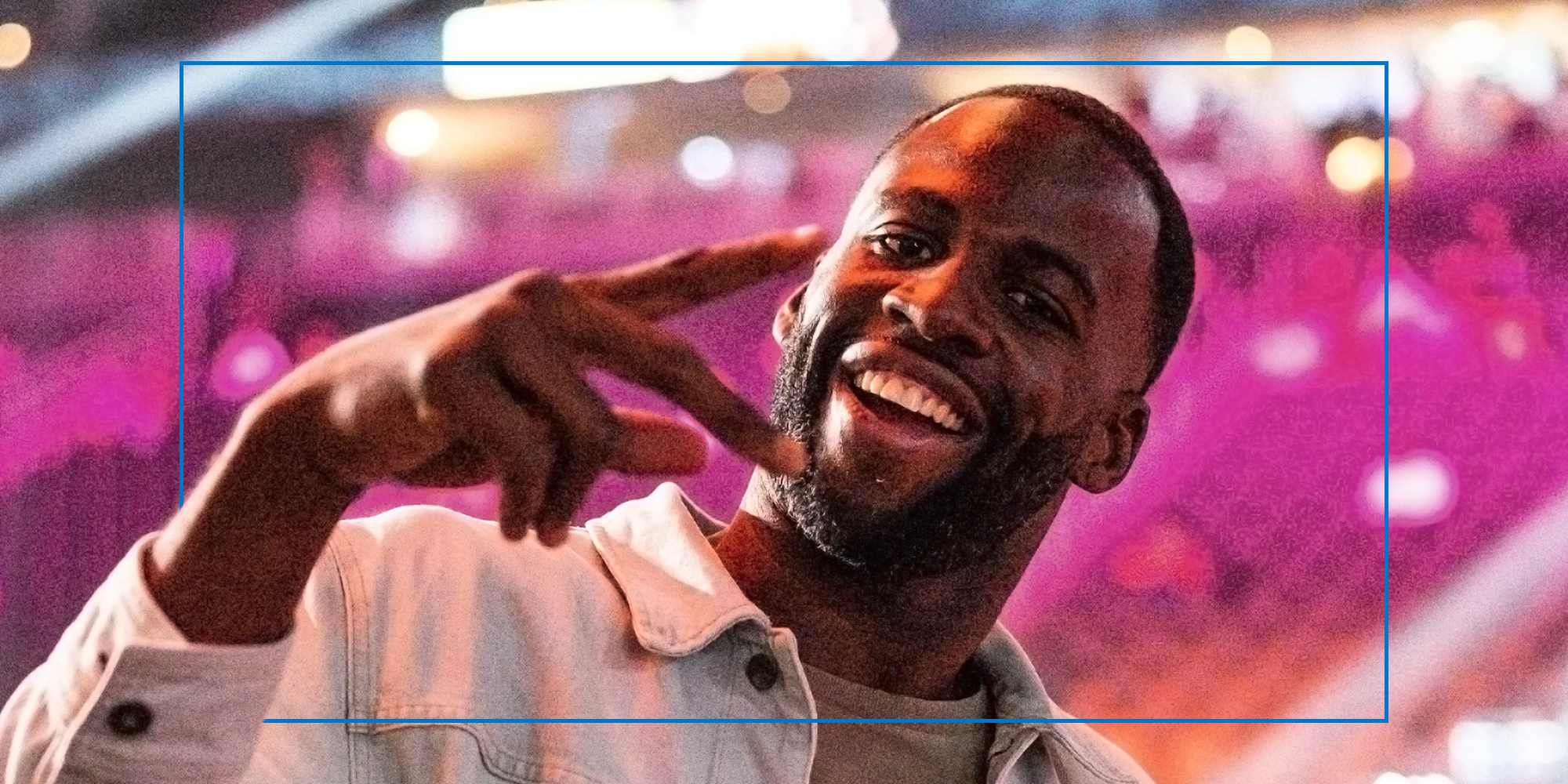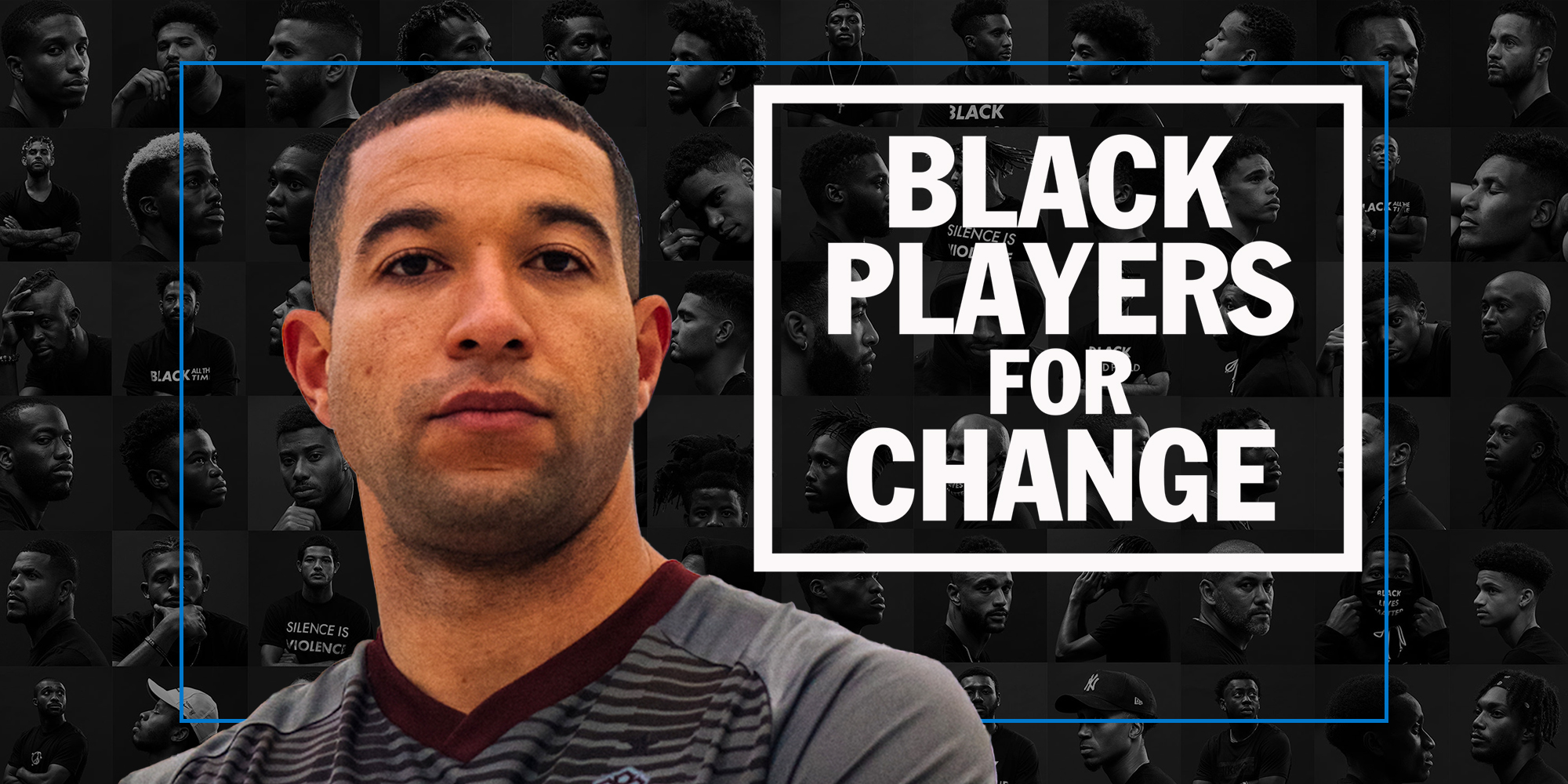When Hubert Davis talks about racism in hockey, he brings up the word “deniability” — which he says doesn’t just apply to the sport, but to the country where the sport is beloved.
“Let’s say you’re a white person who grew up in Canada,” he explained. “You yourself didn’t experience or really see [racism]. So then it becomes this just thinking, well, it doesn’t really exist in a meaningful, impactful way.”
“I think hockey had is having to come with the same reckoning, and not just hockey in Canada,” he continued. “Obviously, hockey is huge in Canada, but hockey as a sport, globally, there’s this kind of reckoning, realizing this has existed, and just because people haven’t spoken out about it doesn’t mean that it hasn’t existed.”
Davis has become part of that reckoning, making and releasing a film called Black Ice that looks at two intertwining stories of Black hockey players in Canada.
The movie, executive produced by LeBron James, Drake and Maverick Carter through James’ and Carter’s Uninterrupted Canada, debuted at the 2022 Toronto International Film Festival as one of the live theatre offerings in the live/virtual hybrid festival, and just began streaming on Bell Media platforms in Canada.
‘This is more than hockey’
One side of the story — the one Davis was initially commissioned to explore — concerns the Coloured Hockey League, an all-Black hockey league started in Canada’s Maritime provinces in 1895 and lasting through the first few decades of the 20th century. As the film portrays it, hockey innovations like slap shots and more mobile goalie play were pioneered in the all-Black league and then migrated to the National Hockey League to become more broadly part of the sport.
But upon being approached to do the project, Davis did some digging and realized, “Oh, this is more than hockey. This is really about the black experience in Canada.”
The other side of the Black Ice coin involves the racism that recent and current NHL players like P.K. Subban, Wayne Simmonds, Akim Aliu, and Darnell Nurse have dealt with playing the game they love. That part of the story also extends out to the women’s game, with Davis talking to Sarah Nurse (Darnell’s cousin), and goes back in history by including Willie O’Ree, the first-ever Black player in the NHL.
Some of the stories shared by the more recent generations of Black players are horrific, including coaches and teammates using the n-word without compunction in the locker room or on the ice.
And then there’s Simmonds, who suffered the indignity of having a banana thrown at him by a fan during a 2011 exhibition match in London, Ont. Though the fan, Christopher Morehouse, was caught and “charged with provincial trespassing because London police said there was not enough evidence to charge him with a hate crime,” Morehouse’s guilty plea only resulted in a $200 fine, and the Philadelphia Inquirer — attempting an ill-advised banana pun — dismissed the incident as a “slip-up.”
In hearing the stories, Davis — himself Canadian-born with dual American-Canadian citizenship — was surprised at how young some of the players were when they first encountered racism in hockey.
“It was surprising, and also surprising that it was at such a young age generally that it happened to them. They would have been 10 years old, at a tournament, and you think of them kind of trying to process that at such a young age. The other thing is, the players I’m interviewing for the most part are young themselves. Most of them are in their 20s.”
Davis notes that Mark Connors, a teenager who he interviews to capture the current state of youth hockey, describes incidents that are recent, dispelling the notion that “this happened back in this time. It was like, no, these stories are all current.”
But, as Davis talked to more players and they learned of each other’s stories, just knowing it was more common than they might have thought served as a sort of validation.
“I think when they heard other players’ stories, they felt much more comfortable,” Davis said, noting reactions were along the lines of, ‘Oh, I’m not crazy. It wasn’t just me. I wasn’t imagining these things.’”
‘Shut up and play’
Davis reached out to Dr. Debra Thompson, the Canada Research Chair in Racial Inequality and Democratic Societies at McGill University, to provide insights on race, sport and society that gave Black Ice some additional context and intellectual heft.
“It’s hard to be Canadian and not at least have watched a little bit of hockey in your life,” she observed. “I used to watch hockey when I was a kid with my dad. You know, like, Saturday night hockey, it’s kind of always on the TV,” adding that for her father, hockey was high up on a “hierarchy of sports,” and for many Canadians, it’s part of a communal national experience.
But she also expressed concerns that there are elements of a larger “hockey culture” that allow for racism to occur and that discourage pushback against those instances of racism.
“People are really trained to participate in ways that don’t let them stand out as individuals,” she remarked. “It’s really about a team mentality. And so, in that way, complaining or raising concerns is is really discouraged. Where a coach has an incredible amount of power over a player’s future, like their current life and status in their future … the idea of ‘shut up and play’ is baked into the culture itself.”
Indeed, there’s a scene in the movie in which Aliu recounts a locker room encounter he had with a coach while still just a 20-year-old minor league player. The coach yelled at him to turn off the “n****r shit” he was playing on an iPod, ripping the aux cord out of the device, and Aliu complied without protest, reasoning that his whole hockey-playing future was lying in the balance of how his time with this particular team and coach might go.
“I’m this far away from getting to the National Hockey League,” he recalled, “and he holds all my cards,” knowing that while challenging it would have been “the right thing to do,” it might have come at the expense of a lifelong dream.
The Coloured Hockey League narrative is introduced early in the story by Darril and George Fosty, historian brothers who began unpacking some of the falsehoods around the fledgling all-Black league — like a team named Jubilee being named for a Queen Victoria celebration rather than a term wrapped up with freedom-from-slavery symbolism. Davis picks up threads of their work and utilizes much of the movie to celebrate.
As affirming as that storyline is — including artfully-filmed black-and-white scenes imagining and recreating players those gathering and practicing — there’s a troubling vein of systemic racism that permeates the landscape in which the teams played.
‘If we don’t talk about it, we don’t have to take ownership’
One of the predominant teams in the league, the Africville Seasides, was based in Africville, a Black community located on the outskirts of Halifax, Nova Scotia, along a section of the south shore of the Bedford Basin — hence the name Seasides for the team.
As the Canadian Museum for Human Rights notes on its website detailing Africville’s story, “discrimination and poverty presented many challenges for the community of people in Africville. The City of Halifax refused to provide many amenities other Haligonians took for granted, such as sewage, access to clean water and garbage disposal. Africville residents, who paid taxes and took pride in their homes, asked the City to provide these basic services on numerous occasions, but no action was taken. The City compounded the problem by building many undesirable developments in and around Africville, including an infectious disease hospital, a prison and a dump.”
In 1964, Halifax’s City Council voted to relocate those in Africville, and over the next six years, the village was destroyed building by building, with the former residents offered — as the Museum for Human Rights depicted it — varied and questionable amounts of compensation for their homes and businesses.
The movie starts with Davis, in a voiceover, saying, “We do this thing as Canadians where if we don’t talk about it, we don’t have to take ownership of some of the more negative things that have happened. A lot of that history just gets lost. That’s why it’s really important to tell those stories.”
An ‘equality hashtag’
That can apply to Africville and the Coloured Hockey League, to be sure, but it can also apply to the NHL, where even in August 2020 — as other major American sports leagues had committed to saying “Black Lives Matter” — it was being called out for a more milquetoast approach that the moment called for.
Former USA Today race and inclusion editor Hemal Jhevari challenged the NHL for welding #WeSkateForBlackLives into a campaign that used #WeSkateFor as a blanket “equality hashtag” to signal that the league supported multiple causes. Jhevari also faulted the league for in-arena digital signage reading END RACISM for not being specific enough.
“While ending racism is a lofty and admirable goal, it is about as specific as wishing for world peace. A nice idea, but one that is very unlikely to happen,” she observed. “Missing from any inch of the arena was the mention of the movement that has come to define the last several months: Black Lives Matter. In its signage and marketing campaigns, the NHL has made a very specific and calculated choice by staying away from those words, and choosing instead the more neutral Black Lives.”
(The NHL did not respond to a request to participate in this story.)
Thompson, now having seen the final version of the movie, declares it “astonishingly beautiful” and “incredibly well done,” lauding Davis for how he was able to piece the NHL and CHL narratives together.
“My feelings watching it were twofold,” Thompson said. “One was that it made me wish that I had played hockey.” Though celebrating her own experience playing soccer as a child, she observed, “There’s something about hockey that just seems so gorgeous. It seems like an amazing, amazing experience for these young people to have. And you know, the flip side of that is that is an experience that is frequently tainted by racial trauma.
So, on the one hand, it made me wish that I had played,” she reflected, “and on the other hand, it made me really glad that I didn’t.”
See more stories from Presser – examining the intersection of race and sports online.
